Sometimes your Christmas road test is simple to pigeonhole. It might be a truck or a train or an aircraft or a V8-powered shopping trolley, but it will be singular of purpose. This year? Hmm. Not so fast, road testers.
This is HMS Bulwark, you see, a Royal Navy Albion-class landing platform dock - or amphibious assault ship, in technical terms.
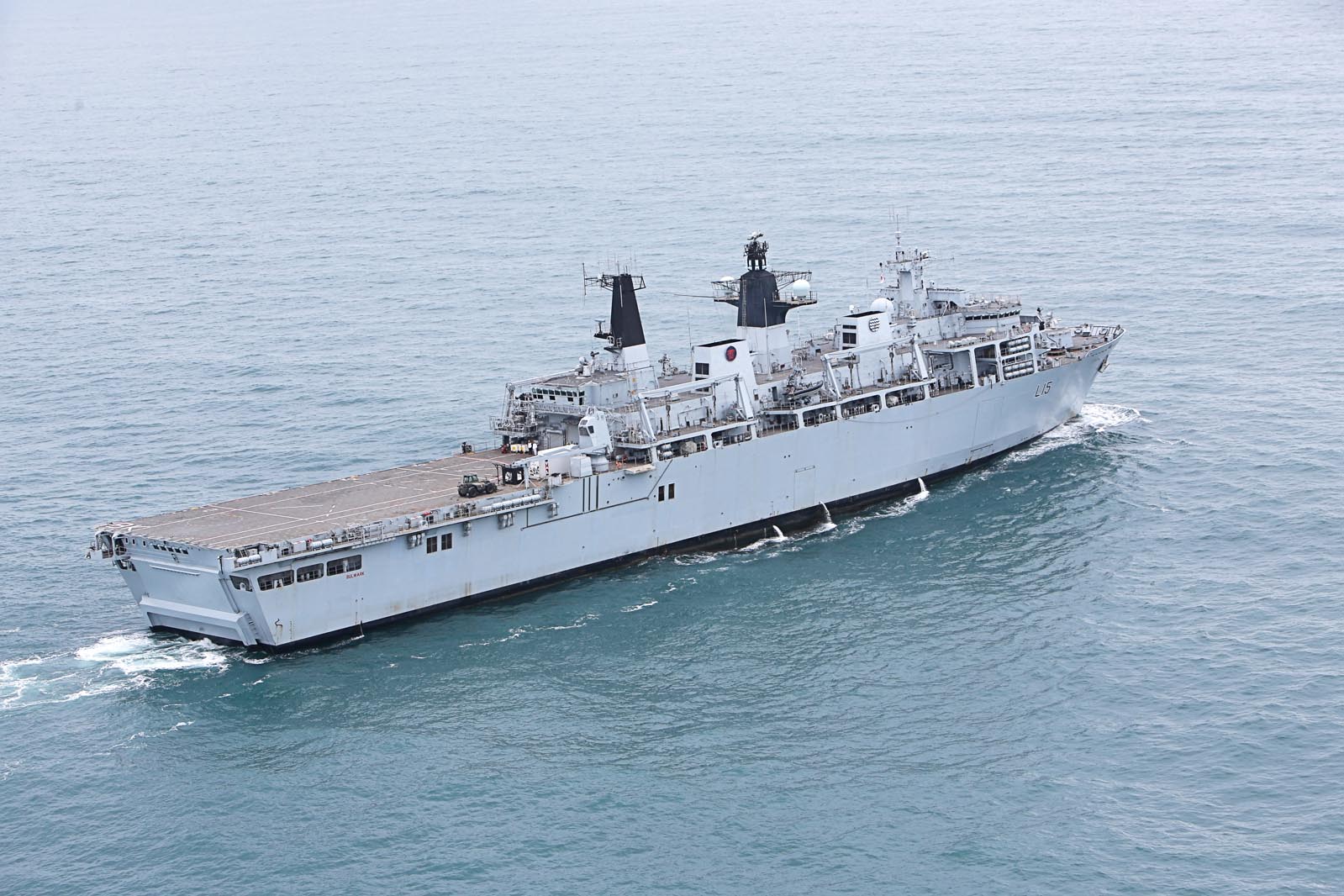
It is not the newest warship, nor the biggest, nor the fastest, nor many other things that would sometimes mark out an Autocar Christmas road test. But its multiplicity makes it astonishingly special. It has more facets than any other machine we have yet tested, and it is utterly pivotal to the Royal Navy, whose flagship it recently was and one day will be again.
It is a linchpin of operations. Where Bulwark goes, it sails in a task group alongside a helicopter carrier, a fuel tanker, a munitions tanker, three anti-submarine frigates, an air defence destroyer, a submarine and (when we have one) an aircraft carrier, and chances are it commands them all.
As well as Royal Navy sailors, it carries Royal Marines aboard it, too, and it can put them ashore at a moment’s notice, on helicopters or in its eight landing craft, four of which Bulwark accommodates inside its hull, which floods so it can float them out to sea. Bulwark can travel 500 miles in a day, has been ready to move at fewer than five days’ notice for the past five years and can deploy to anywhere in the world within three weeks.
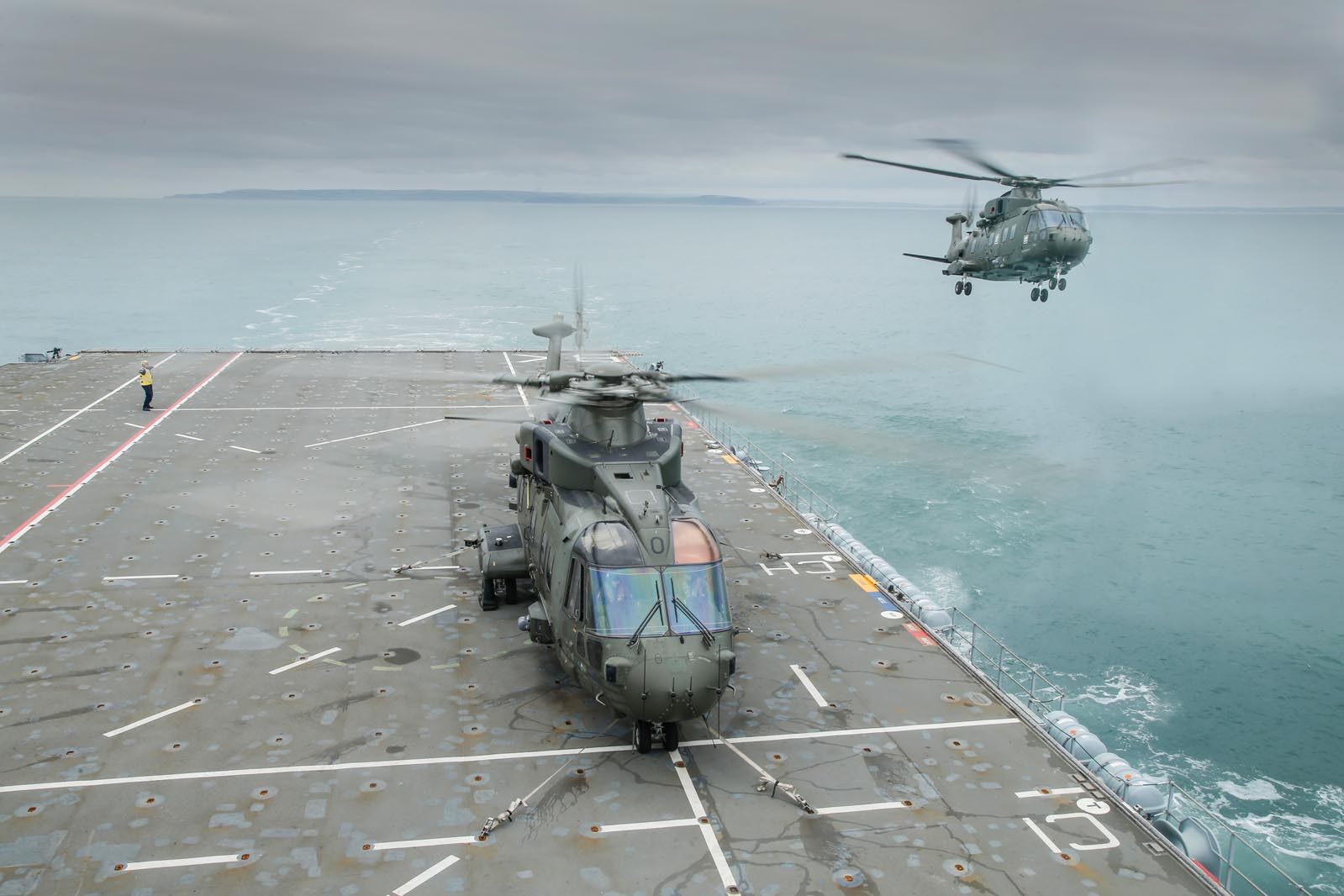
Whereupon it can do anything from plucking refugees from the sea to doing the diplomatic equivalent of walking softly while carrying a big stick. If it puts a land force ashore, it retains control of it, and although its purpose is now more relevant to Britain’s diplomatic and security relations than ever, it goes about its business in utterly understated fashion. In simile terms, it is the ringleader, the conductor, the holding midfielder, the mainframe, the foreman, the choreographer. It is, in short, the boss.
Over five days, we were given hitherto unseen amounts of impossibly generous access to its engineering, its systems, its procedures, its vehicles and, crucially, its crew, to whom we are eternally grateful.
DESIGN AND ENGINEERING - 5 STARS
Never before have we conducted a Christmas road test that involves so many disparate elements. Ostensibly, this is a test of HMS Bulwark, an 18,500-tonne naval ship – not ‘boat’, note, because with withering looks you’ll be reminded that a boat is a submarine or landing craft – that is the hub that carries diverse cargo.
At 176.8m long and with a 28.9m beam, Bulwark is a touch smaller than a typical cross-channel ferry, and it is usually crewed by 385 people – although, as we’ll see, this number can swell considerably.
Like a tetchy celebrity, Bulwark is not very thick-skinned. Most of the hull’s steel is only a few millimetres thick. Bulwark is designed to sit in the middle of a task group, and although it has a plethora of radar defences and can carry 500 heavily tooled foot soldiers, its own armour and armaments are slim.

There are two anti-missile miniguns, one forward, one aft. These Goalkeeper systems, which use the Gatling-style cannon from an A10 Thunderbolt ‘tank buster’ aircraft, are mostly autonomous and between them have close to 360deg coverage.
Then there are two 20mm cannon, manually operated and aimed, as well as eight general-purpose machine guns and four miniguns. All, really, are meant for closequarters scraps.
Bulwark is not designed to trouble naval destroyers, but if you were a man in a speed boat packed with explosives, you might want to turn around and have a quiet word with yourself instead.
Bulwark is powered relatively conventionally by modern ship standards. There are two V16 turbocharged diesel engines, each in a different compartment in case one is immobilised/on fire/flooded, so the ship can retain its manoeuvrability. That level of redundancy is a theme we’ll return to a lot, incidentally, because the Royal Navy – like most services – is rather fond of it, and with good reason.
Each engine (there are two separate four-cylinder auxiliary power generators, too) drives a generator whose electric motors in turn power two screws. And that’s the conventional ‘ship’ bit.
But Bulwark has another trick. Via vast pipes, it can quickly take 3000 tonnes of seawater into its ballast tanks to lower itself in the water, then it’ll drop its rear door, whereupon another few million litres of water roll in to float the four large landing craft, which can each carry 130 Royal Marines ashore, or a combination of soldiers and vehicles, up to and including a main battle tank - as long as it’s not too choppy to open the door, you understand.

There are four smaller landing craft – capable of taking 35 troops apiece – hanging from Bulwark’s sides, and above and behind these is a helicopter deck (although no hangar). There’s room for two Merlin helicopters (medium-sized) to land at one time, or one Chinook (large) – two Chinooks at a push, in times of grave need, although their proximity is dangerous.
With bridging equipment, vehicles and metal roller-roads stored inside it, too, Bulwark is better equipped than any other ship to put troops ashore quickly. It’ll move on again just as rapidly, too. “We set up a beach as a transit point, not an objective in itself,” we were told, “then we move away.” The beauty of Bulwark is that it can quickly sail on to another beach front. “We don’t do opposed landings.”
INTERIOR - 5 STARS
Where shall we begin? As with the engineering, there’s quite a lot to the interior. There are the bits where the 385 crew do their work, the places where those same people rest, and sufficient space to temporarily house hundreds of marines, or even 1500 refugees.
But let’s start at the bridge, because it’s the hub of everything. On a quiet shift, in benign conditions (weather and political), there might be as few as three people on what is the largest bridge in the Royal Navy – although it’s not necessarily the one with the best visibility, because the windows were taken from an old Type 23 destroyer when it was built and are shallower than they might be.

It’s no surprise that personnel numbers swell to more than 20 when the ship is manoeuvring. Still, the windows give a better view out than from anywhere else apart from the flight control centre at the back of the superstructure, because those two rooms aside, Bulwark has only five portholes: in the captain’s, admiral’s and commodore’s cabins, admiral’s dining room and – because looking out of the window is a handy way of judging the weather – the met office.
The main bridge is the most senior hive of activity on board, but there are others. There’s a steering wheel and throttle up there but, because of redundancy, they’re replicated in other places. Set low and near the rear of the hull is the Ship’s Control Centre (SCC), where major controls are replicated, where damage and ship status is most closely monitored and where engineers and technicians run Bulwark’s mechanical systems.
Down here, too, most systems are mostly electronically controlled, but the SCC is also from where sailors will be dispatched by engineers to whichever compartments need looking after in order to keep Bulwark going, all via steep staircases and through vertical and horizontal hatches that have differing, clearly marked states of closure. Some can be open except in flooding emergency. Exterior doors should be shut unless someone is going through them, because Bulwark’s airtight interior is lightly pressurised so that no airborne nastiness will get in.
But sometimes, just sometimes, not everything can be done electronically or remotely, and given the navy’s need for redundancy and to keep Bulwark operational even in critical conditions, you can get everywhere, even if it’s via the tiniest crawl space, to effect a fix.
Away from the ship’s operations, there are myriad other rooms and compartments, each as crucial as the other in their way. Chief among them is the Combined Operations Room, which is, in turns, an air traffic control centre for the helicopters and a boat traffic control centre for landing craft (under the charge of the Royal Marines), and it’s from where all of Bulwark’s operational (that is, fighty and stealthy) activities are co-ordinated. When Bulwark is in a task group, the number of staff in the Ops Room swells again, because it can co-ordinate an entire fleet’s, or even an entire task force’s, operations – which is why there are admiral’s and commodore’s cabins and the commodore has a seat on the bridge.

Bulwark is also laced with cabins, quarters, sick bays, galleys, mess halls, even woodwork and metalwork workshops. Between these run vast networks of corridors, with exposed wiring and pipework, and escape and firefighting equipment every few yards, after hard-learned lessons from the 1982 Falklands conflict.
PERFORMANCE - 5 STARS
HMS Bulwark is more long-distance runner than sprinter, despite the fact that its two V16 turbodiesel generators make 8500bhp each and that its four-cylinder generators make 2108bhp apiece. Each electric drive motor produces 4000bhp, and although Bulwark sometimes runs on only one, when everything is operating at full chat, Bulwark has a maximum speed of around 18 knots.
Top speed, though, is not what Bulwark is about. Instead, it’s designed to travel in a straight line, over long distances, without burning much fuel, although these things are relative. It’ll do about six inches to the gallon.

Bulwark’s range, though, is nominally 8000 miles at 15 knots. If it wanted to get somewhere in a hurry, the range drops, but it’s not a coincidence that even at full chat there’d be sufficient diesel (stored in several different tanks, and filtered) to reach the Falkland Islands and do something useful when it arrived. Meanwhile, if it were careful, it could all but reach Australia.
When in a task group, there’s every chance that Bulwark will have a fuel tanker with it, but if not, most of the world’s friendly navies share fuel freely with each other. So whenever they can, Bulwark’s crew refuel, although fuel quality varies. (Japanese fuel is reputedly very good.) In case of a duff batch, fuel pumped aboard is stored in separate tanks, from where it is filtered – perhaps several times – before it reaches the engines. It’s preferable and quicker for refuelling to be done at sea, even though it’s a hairy, lengthy process to sail 100,000 tonnes of warships in close proximity for hours at a time.
RIDE AND HANDLING - 4 STARS
Bulwark isn’t designed to be particularly manoeuvrable, but for a ship of its type, it doesn’t do too badly. The turning circle (although unquoted) is “tight for a vessel of its size and tonnage”, although it takes more than five minutes to perform a 360deg turn. There is a bow thruster to help.
Throttle levers on the bridge respond positively, and the action of the steering wheel (small and not round, but it doesn’t complete a full turn, so that doesn’t matter) is light and smooth, with no self-centring.

Should those controls fail and the back-up in the SCC fail, it’s time to radio instructions down to the Steering Gear Compartment, down countless flights of vertical steps and through a tight crawl space, where a large handwheel can effect a change in rudder angle – although because it’s hot and cramped and two people have to be down there for the duration of any docking, high-alert or refuelling manoeuvre, it’s not one of the most cherished gigs on board.
Not that being on the bridge, in a helicopter or on board a landing craft is necessarily any less stressful, because different elements want the ship to be in different positions. Helicopters want the ship to be as still as possible, angled so that a consistent breeze blows across the deck, from near the front – but not so full-frontal that the wind is blocked, and the helicopter’s trajectory altered, by the shelter of the superstructure. The side-mounted small landing craft, though, want the ship turned so that they’re in the lee of any waves. And the big landing craft want the ship heading directly into waves at the five knots it can travel at with the stern ramp lowered, so it’s as unchoppy as possible. And it’s possible that all of these people want all of these things while you’re being shot at.
BUYING AND OWNING - 5 STARS
HMS Bulwark is an Albion-class landing platform dock, and the thing about those is that you don’t want one: you want two. So Bulwark has a sister ship, HMS Albion. When they were launched in the early 2000s (Bulwark went into service in December 2004), they cost £430 million for the pair.
The reason you want two of them these days, though, is that the defence budget has been, er, adjusted downwards a bit here and there over the years and it has been decided that only one Albion-class vessel will be on operational readiness at any one time, for five years at a stretch.

The other, meanwhile, goes into ‘extended readiness’, which, following a final three-month deployment, HMS Bulwark will be entering as you read this. HMS Albion is just emerging from a £30 million refit and will become the flagship of the fleet. Bulwark will be refitted during the next few years but could put to sea within three months if it needed to, because all that work doesn’t happen at once, or in a massive rush.
Either way, an Albion-class ship is expensive to run – about £20 million a year, all in. Which is why there’s the appeal of having it sitting doing nowt, at a cost of £300k per year.
THE VERDICT - 5 STARS
HMS Bulwark doesn’t operate at the glamorous end of the warship spectrum. It doesn’t have the presence of an aircraft carrier, or the power of a destroyer, or the stealth and chunky-jumpered romance of a nuclear submarine. If it were part of a rock ’n’ roll tour, it wouldn’t be the tour bus or the big stage truck. It would be the last Transit van away from the venue and the first one to arrive at the next, having been driven non-stop through the night.
As a result, there’s rather a lot to like about HMS Bulwark. No other ship has quite the same versatility. No other ship has quite so many purposes and roles. Bulwark has an unparalleled blend of manpower, firepower, intelligence and nous and no task fleet should be without it. It is an unsung hero that thoroughly deserves some recognition.
WE LIKE
- Extraordinary versatility - Outstanding cruising range- Designed to be easy to fix and keep operational, like an old Land Rover
WE DON'T LIKE
- Can’t look after its own helicopter- Terrifying if the rear door is opened in choppy waters
L15 ALBION-CLASS LANDING PLATFORM DOCK
Price £210 million Power 17,000bhp Top speed 18 knots 0-18 knots Eventually Range 8000 miles Max g 360deg in approx 5min
Read last year's Christmas road test - an East Anglian Air Ambulance

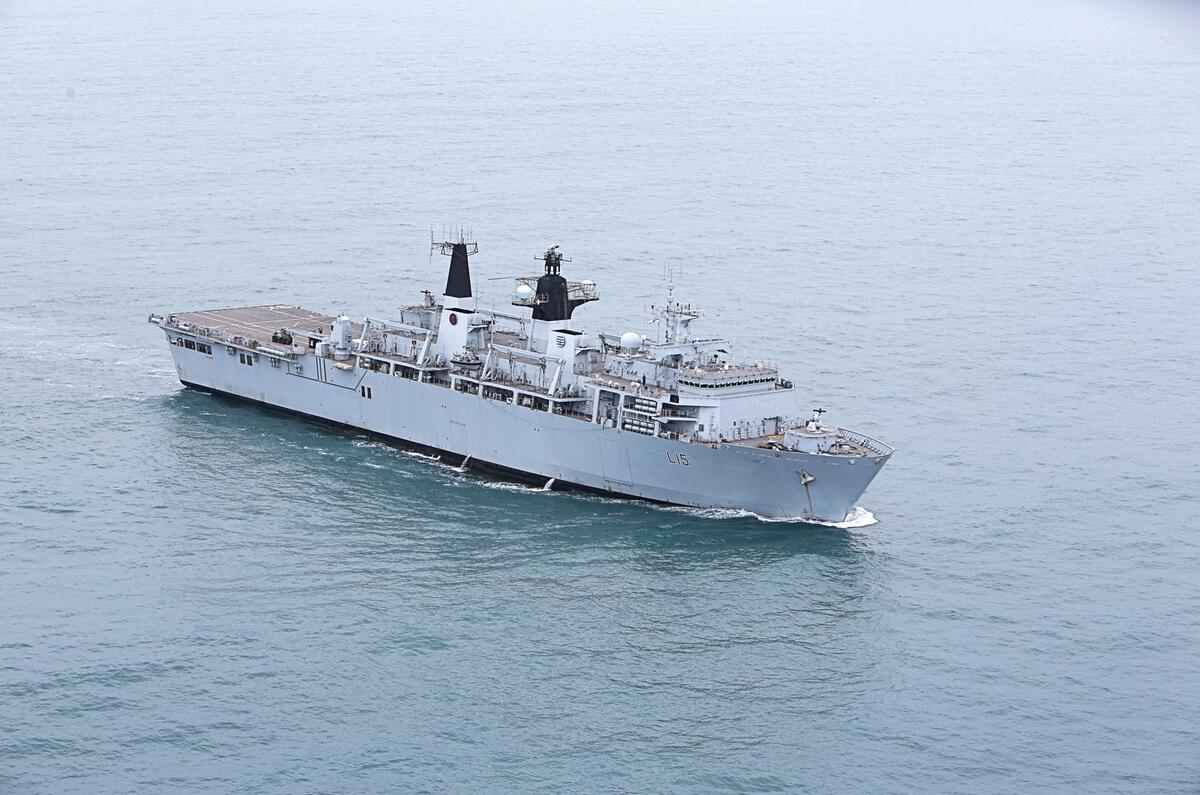
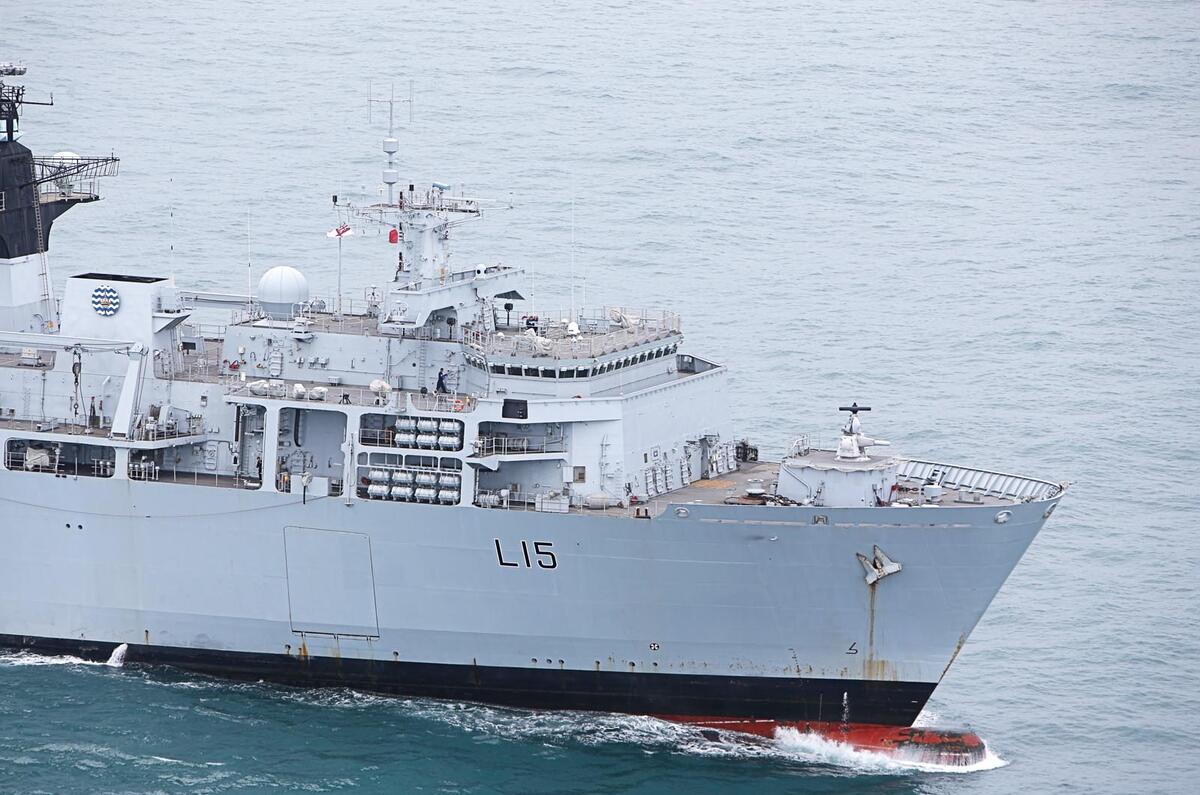
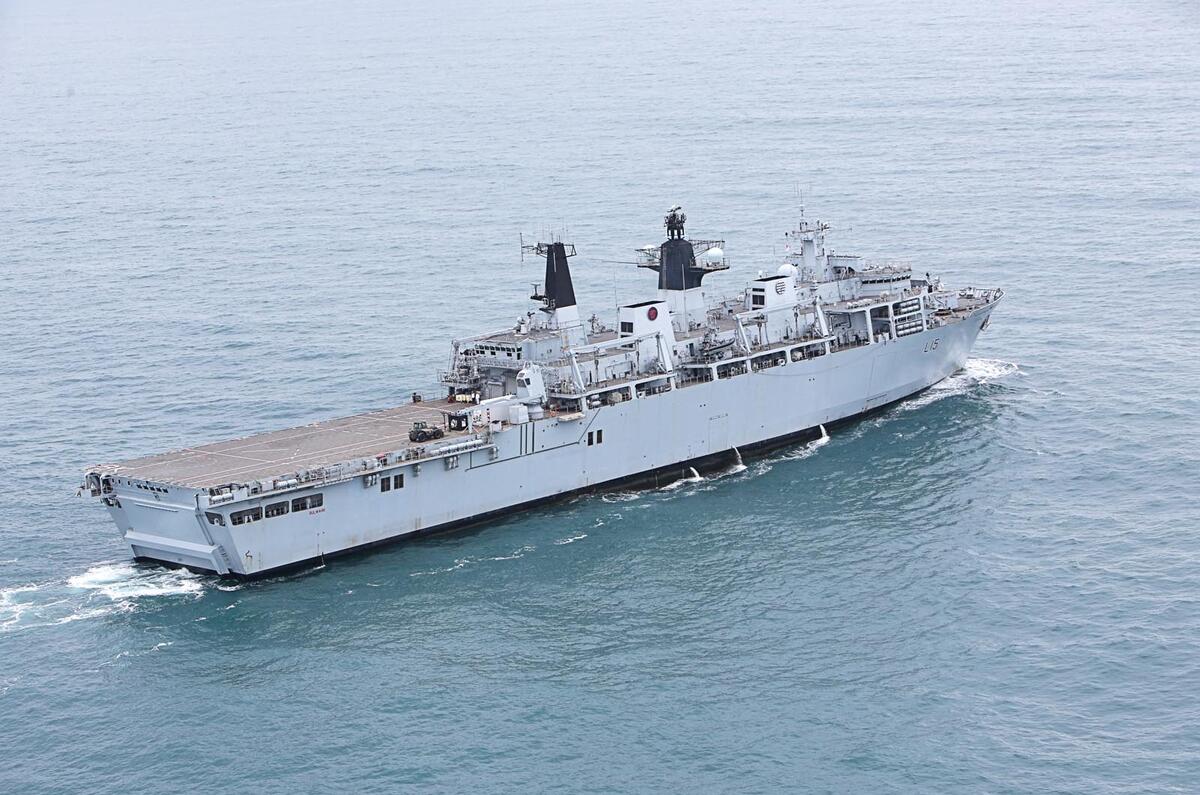
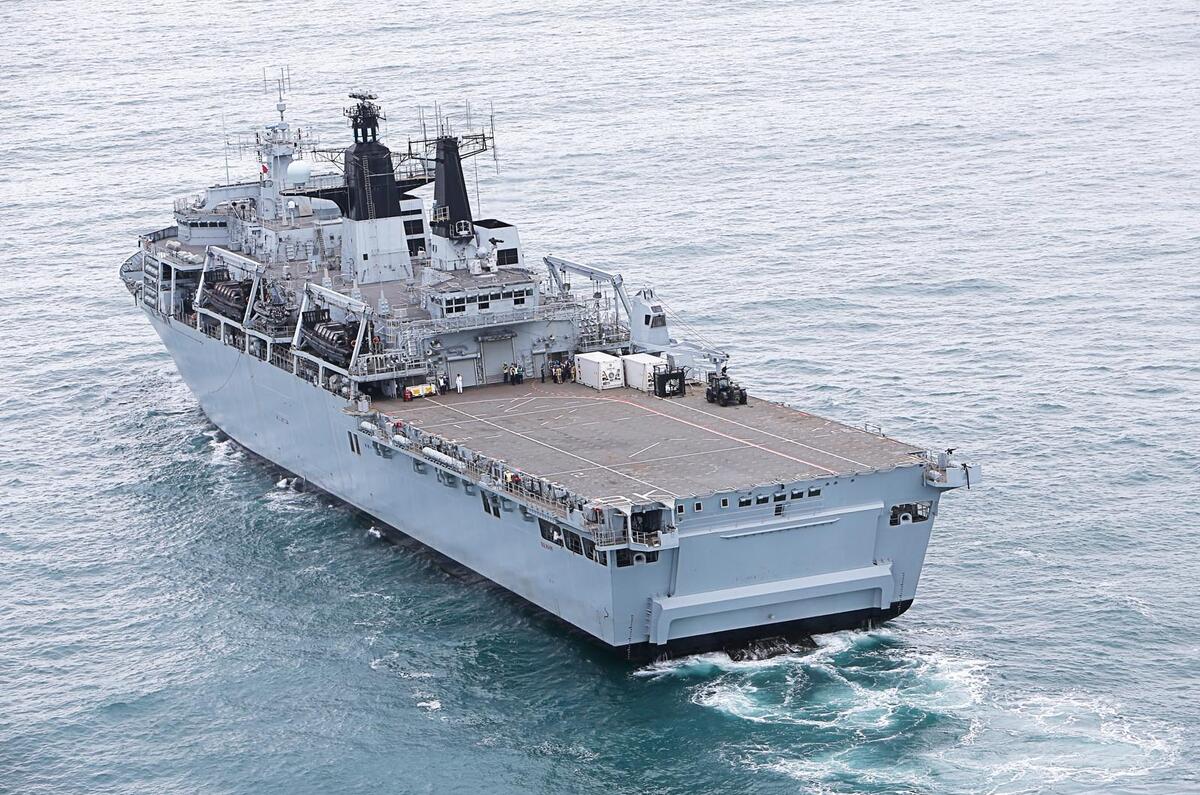
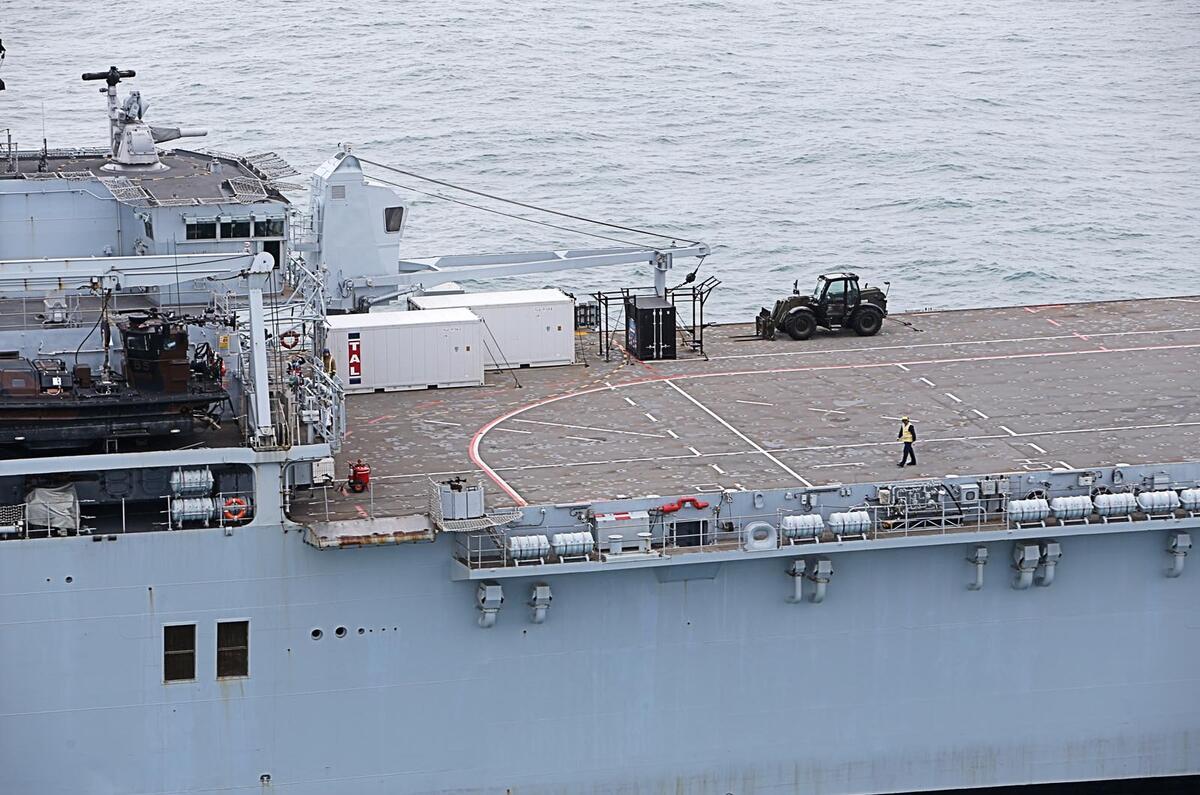

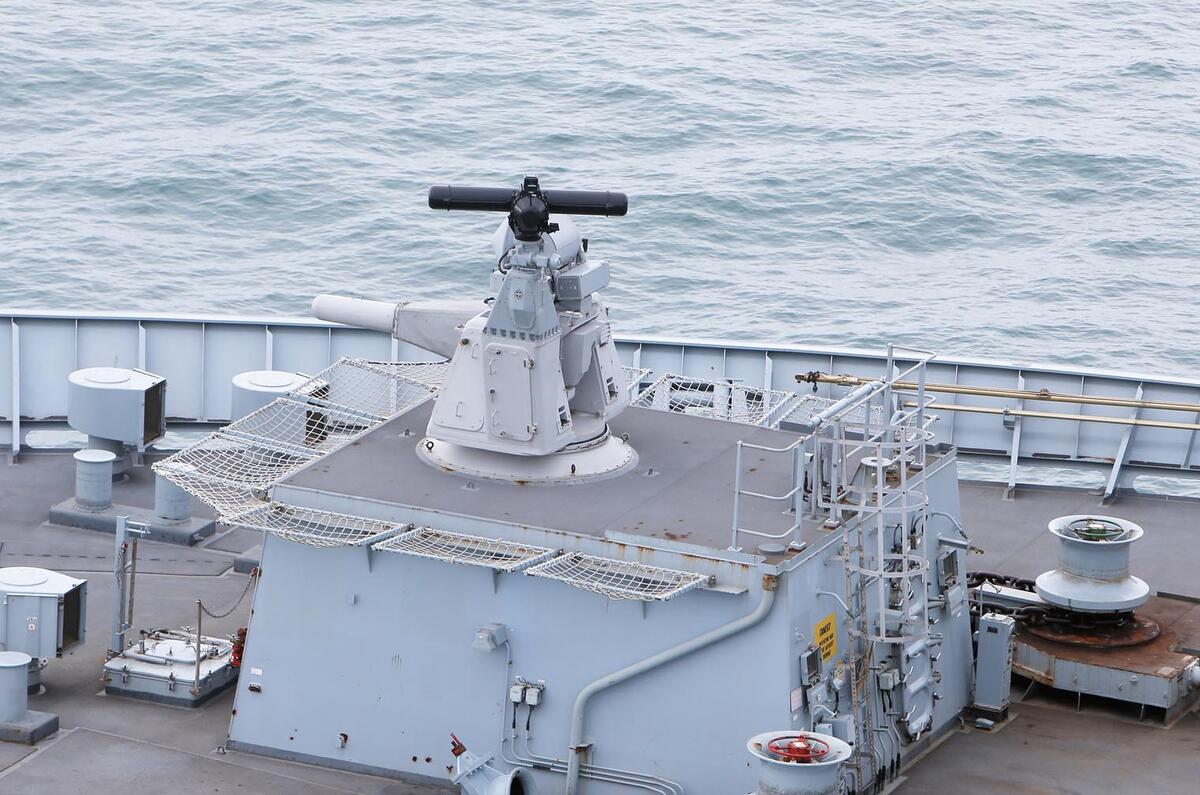
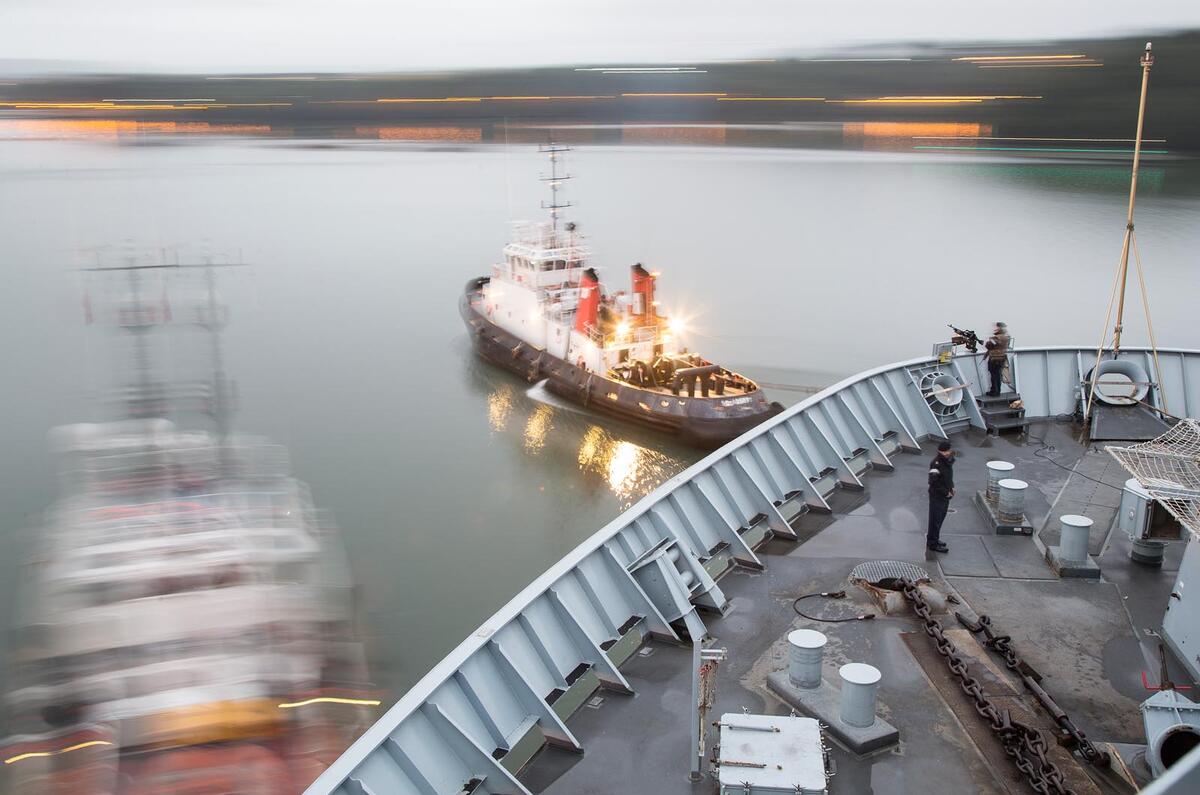
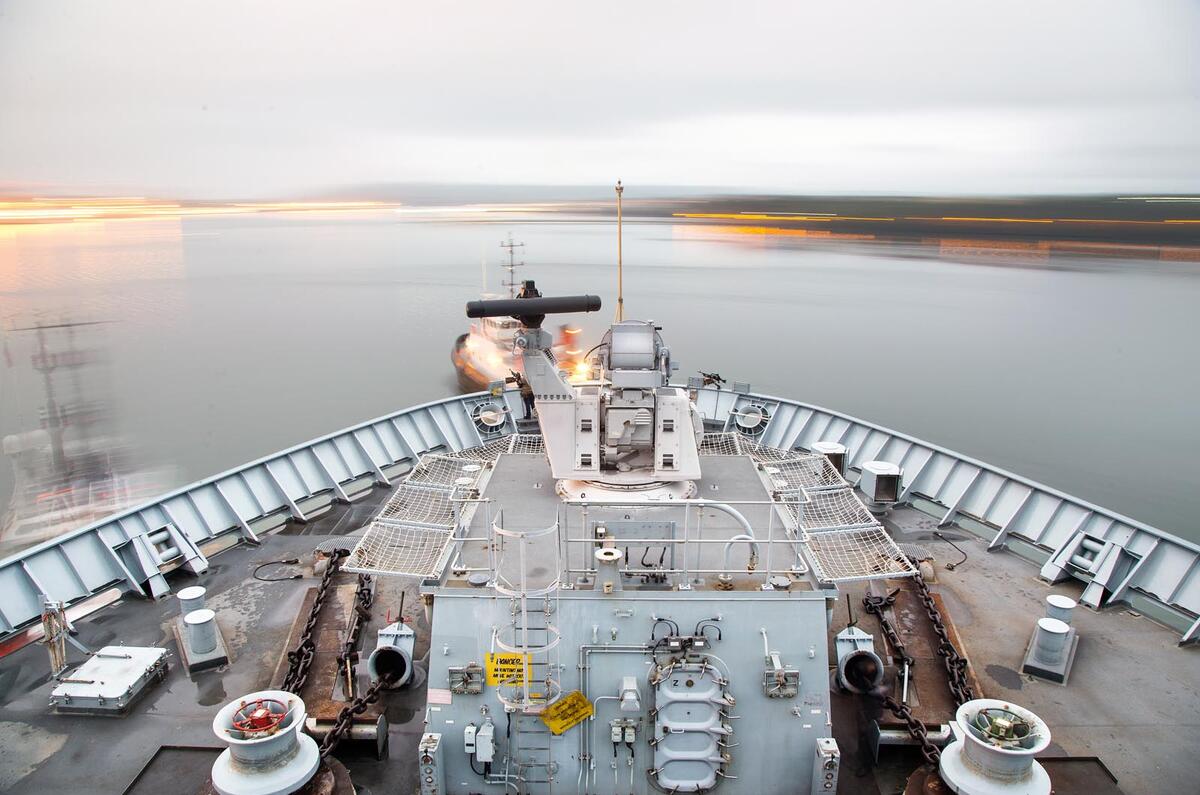

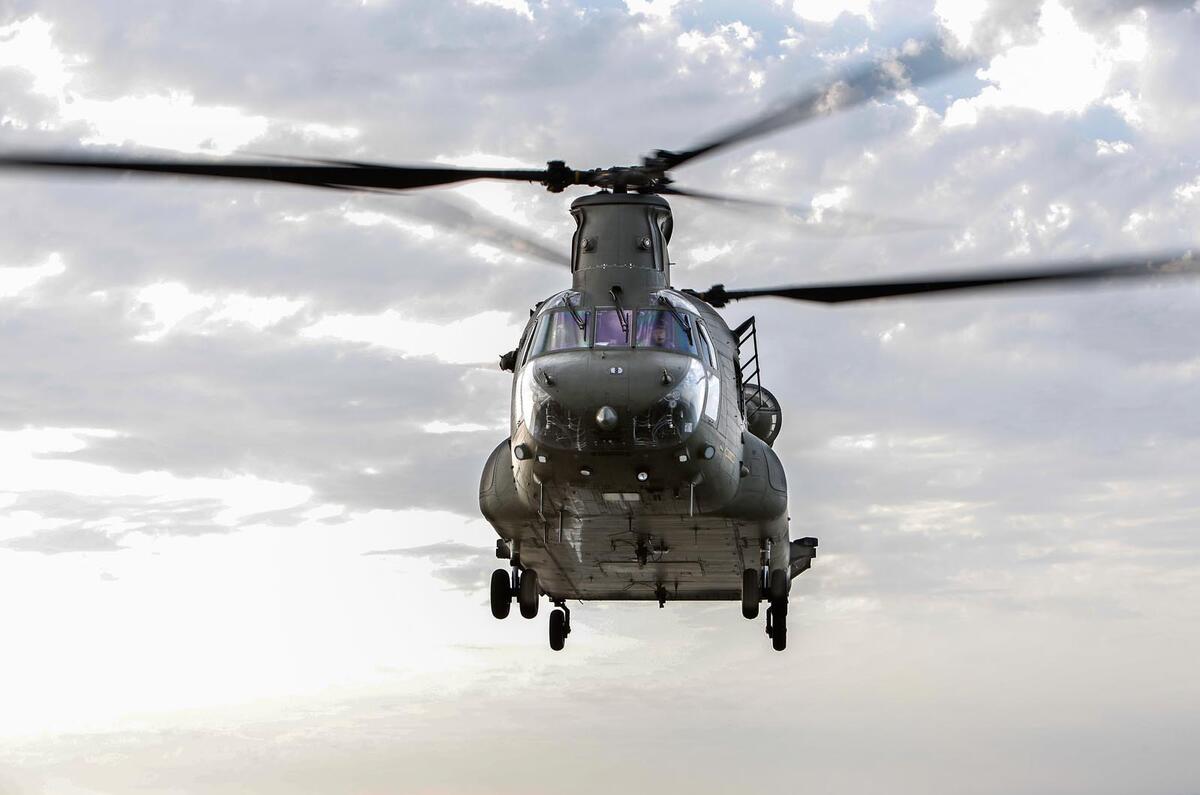

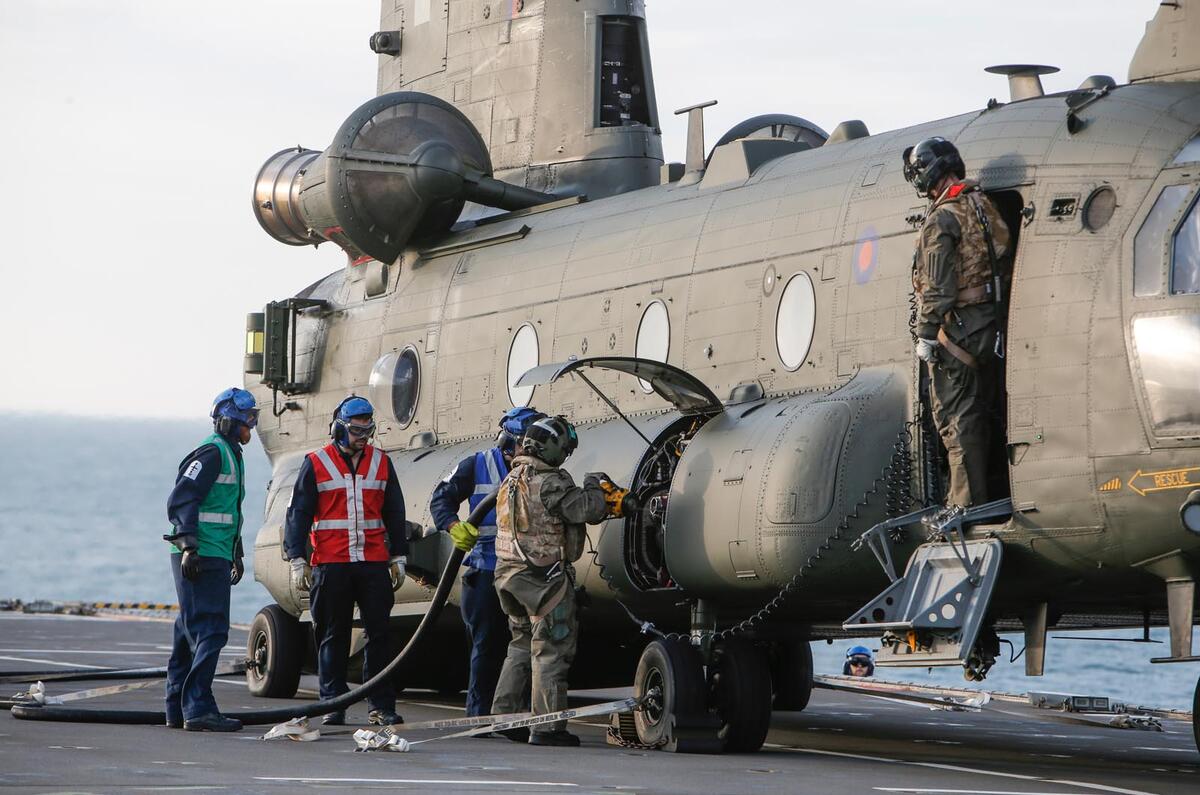
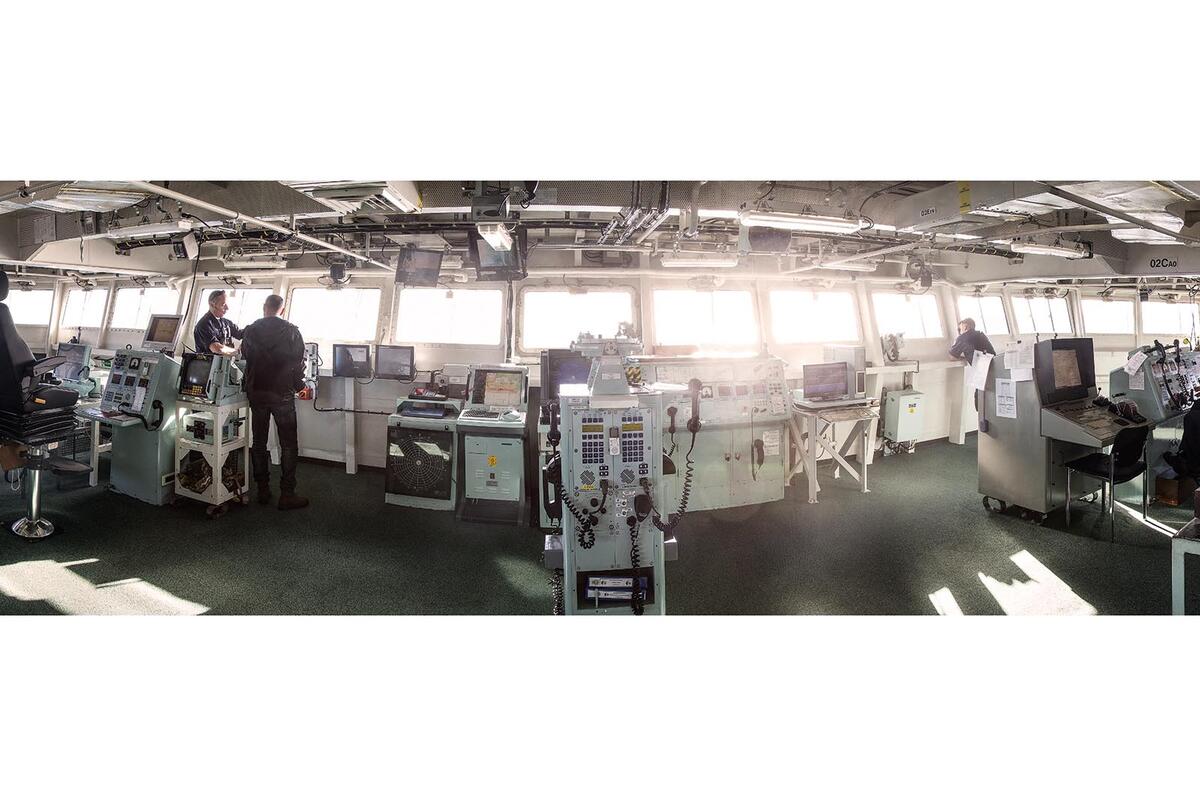
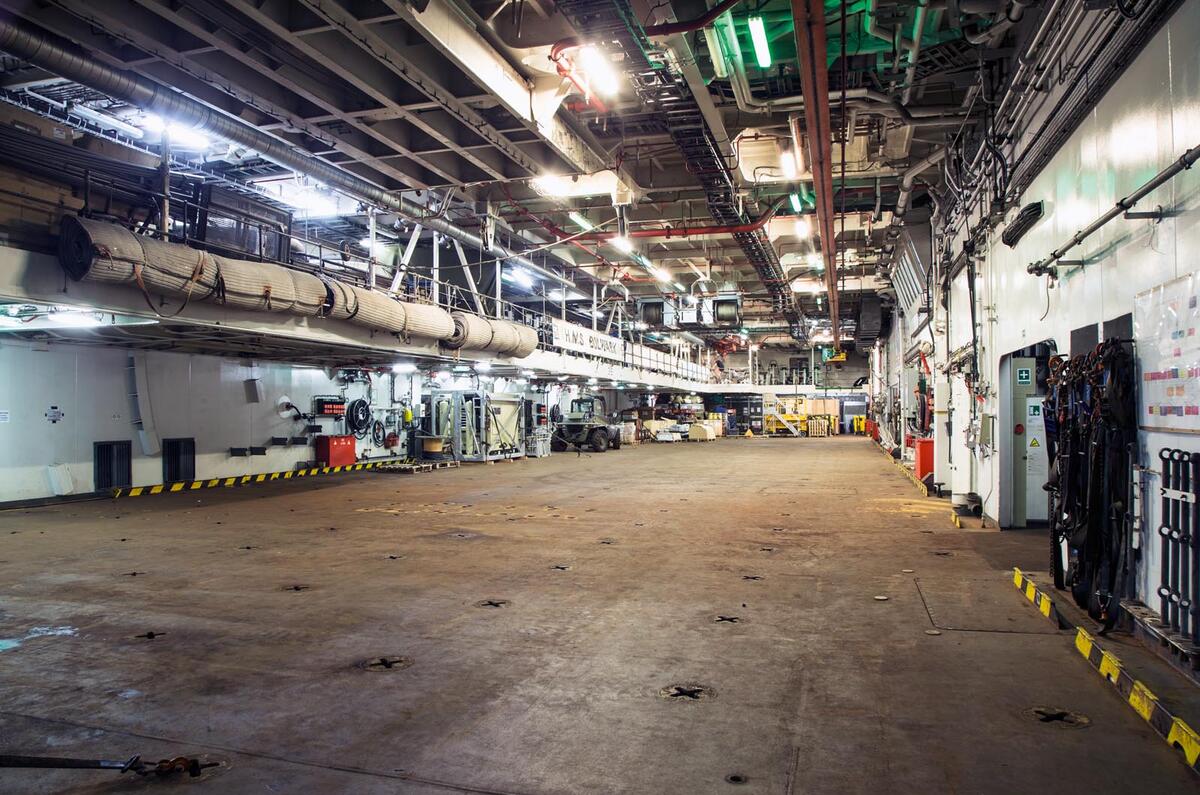
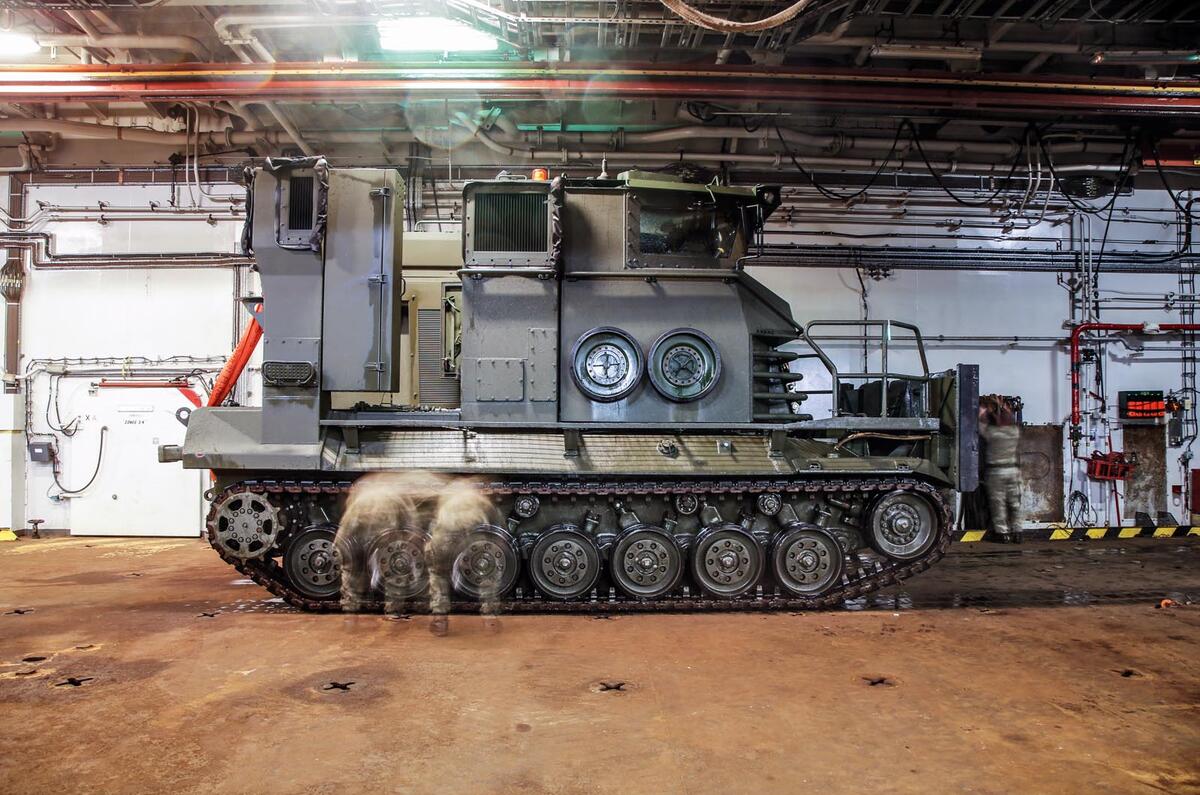
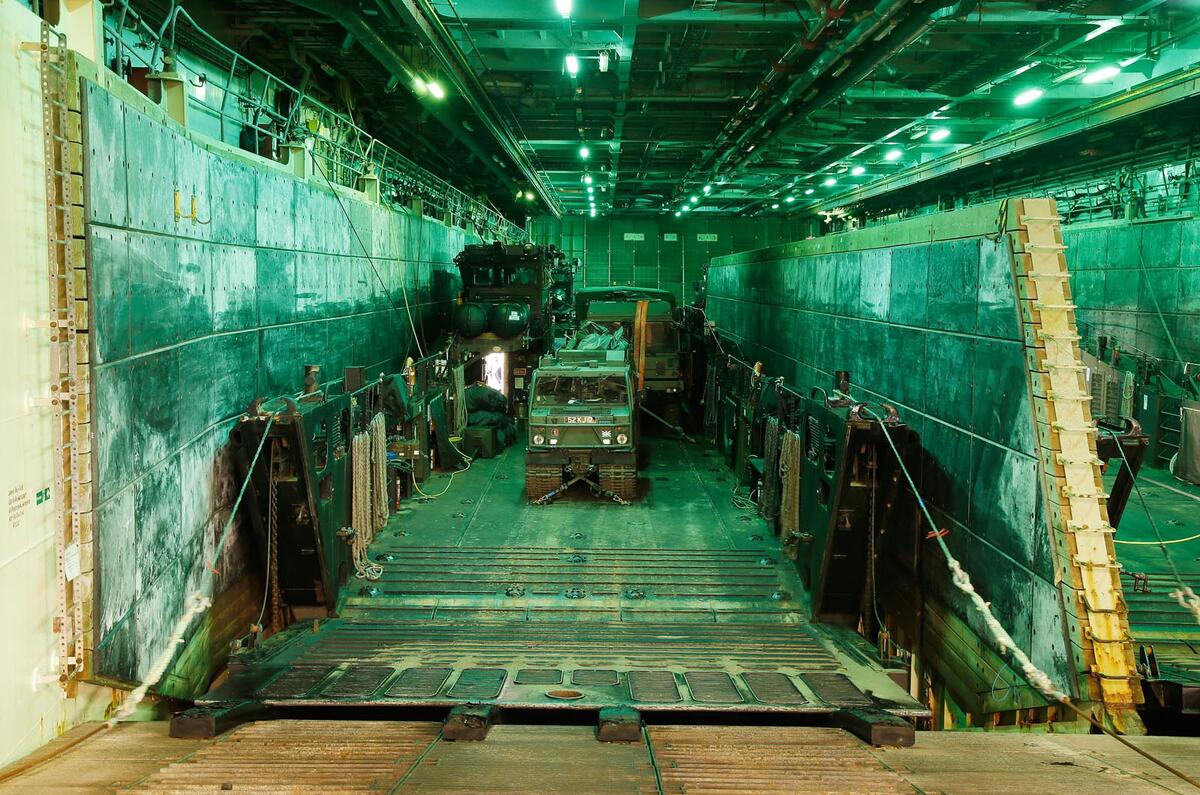
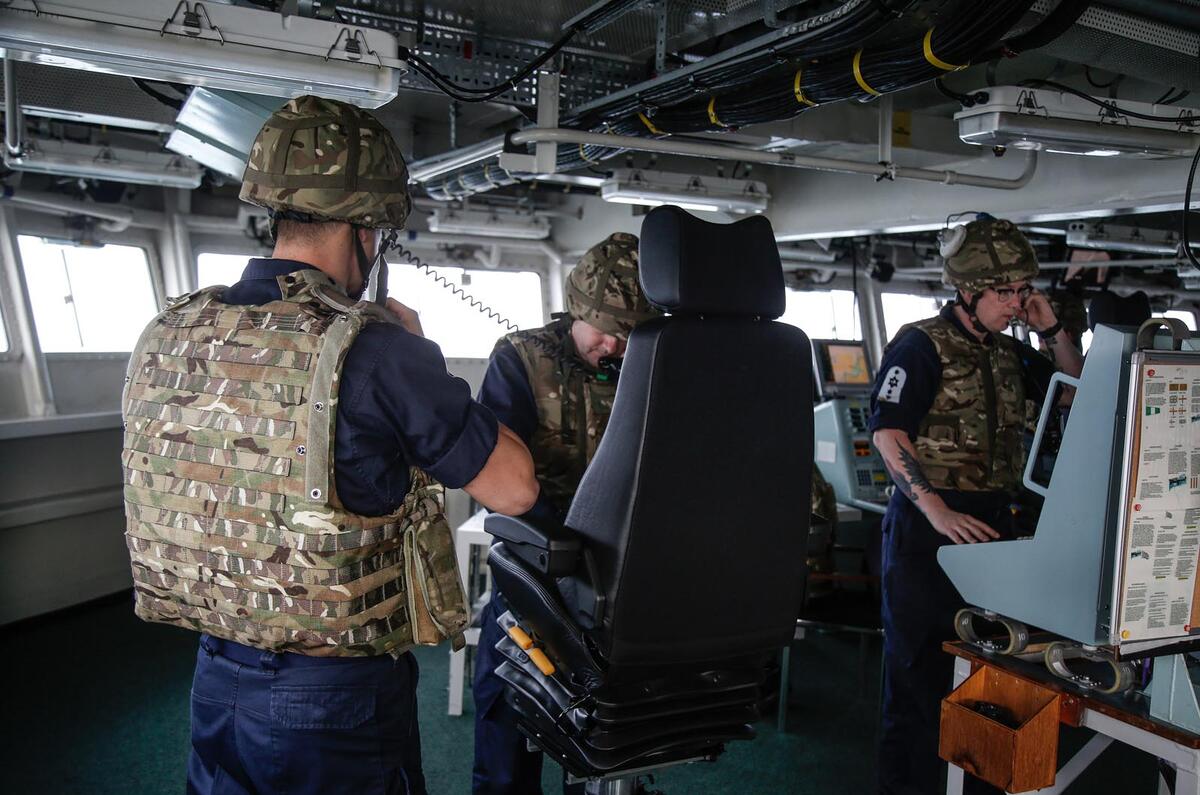


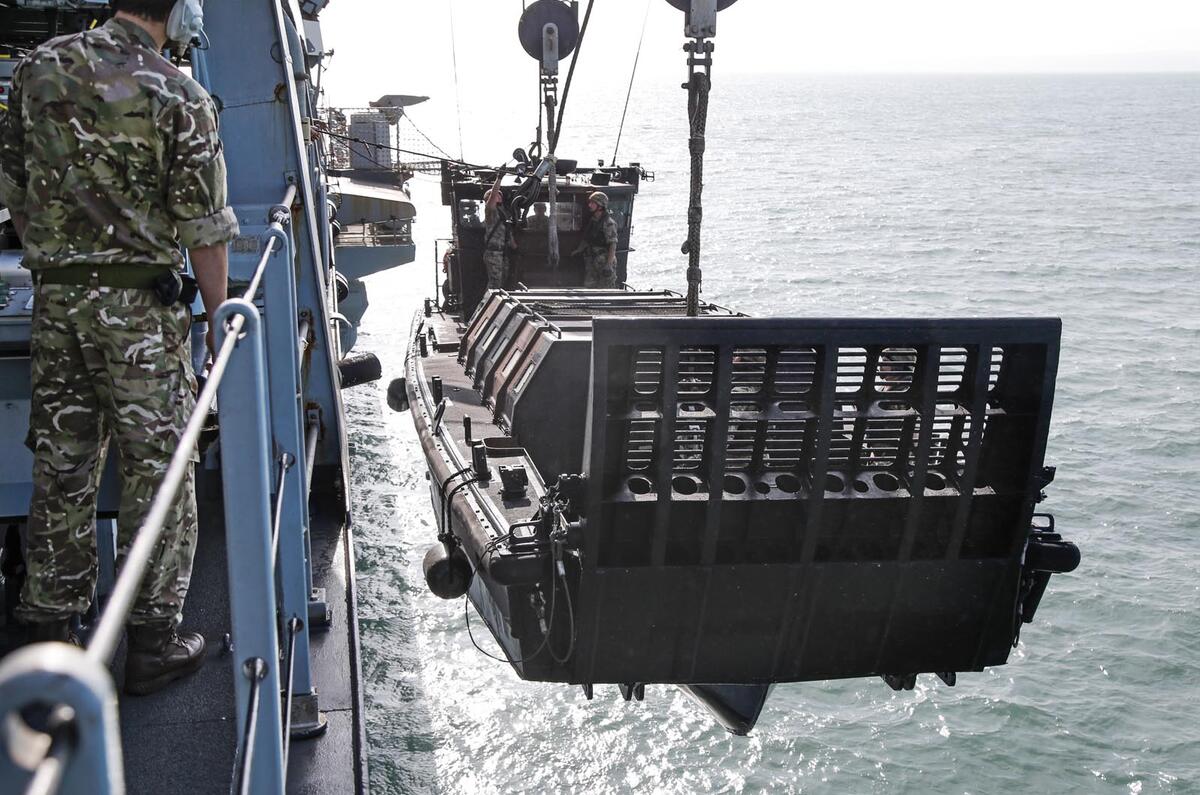
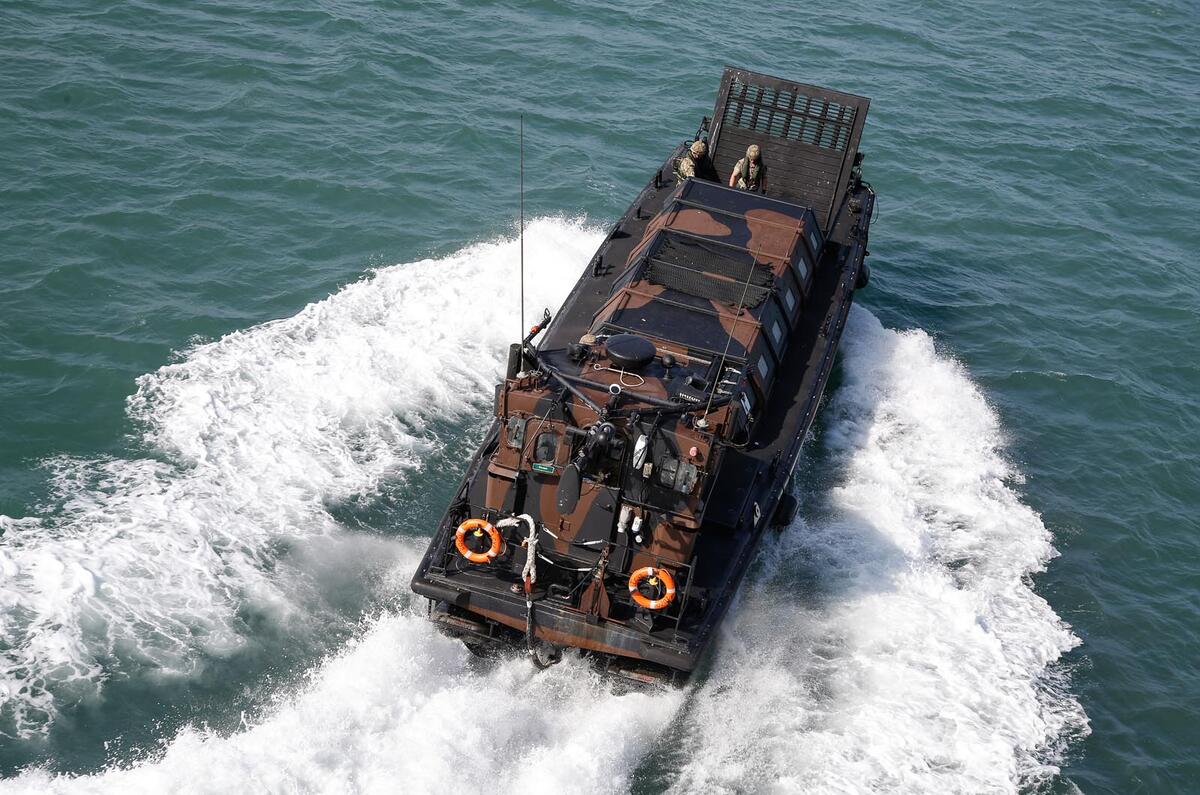
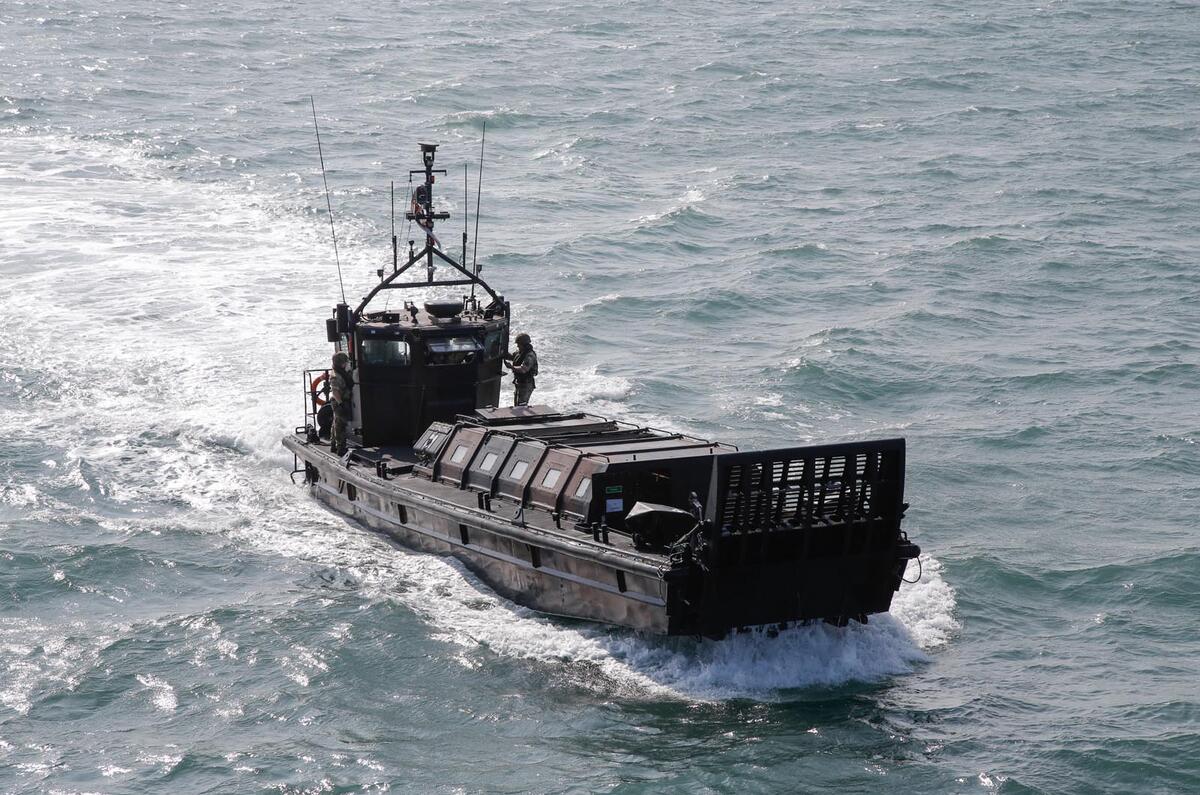
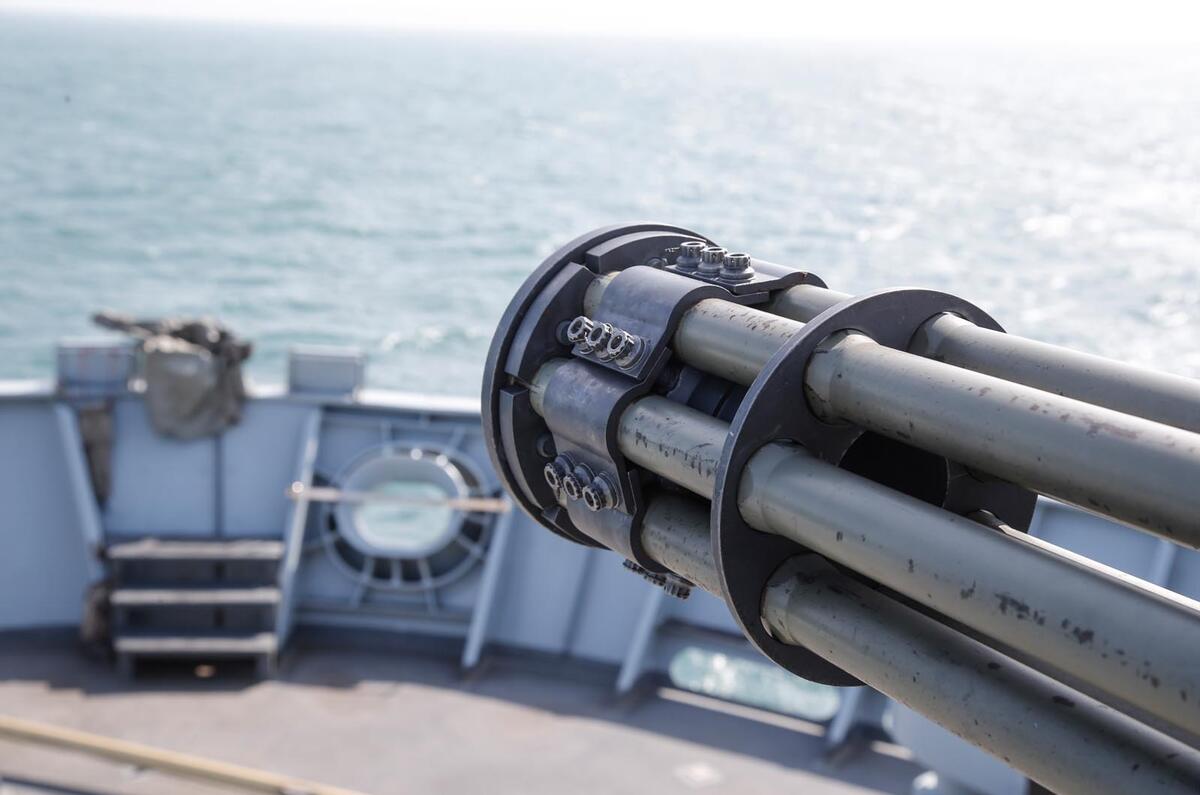
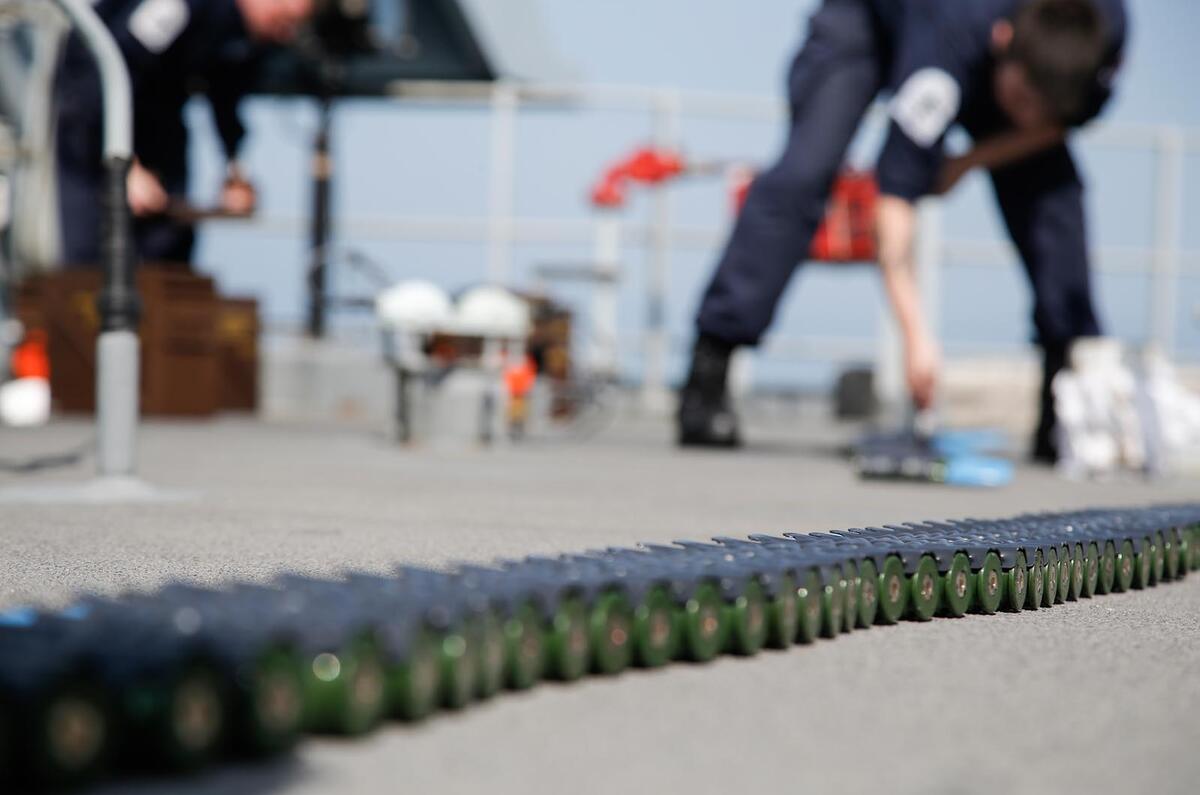
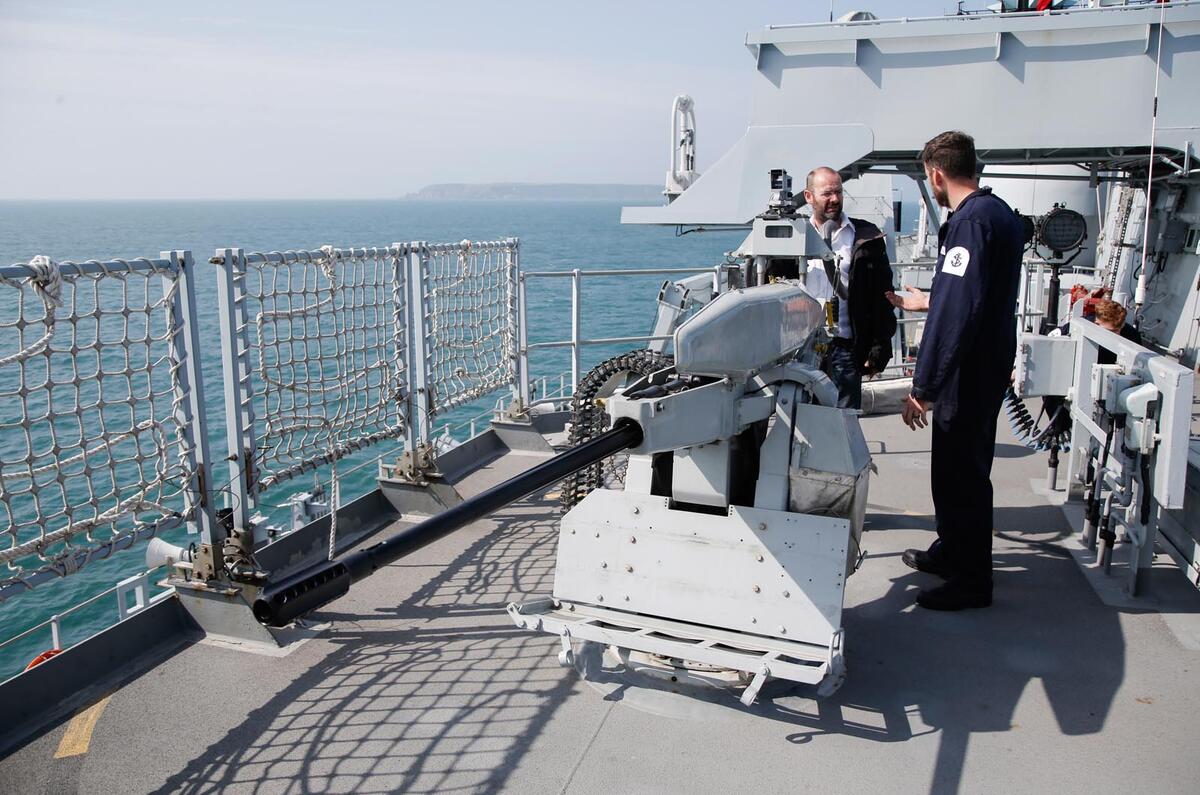
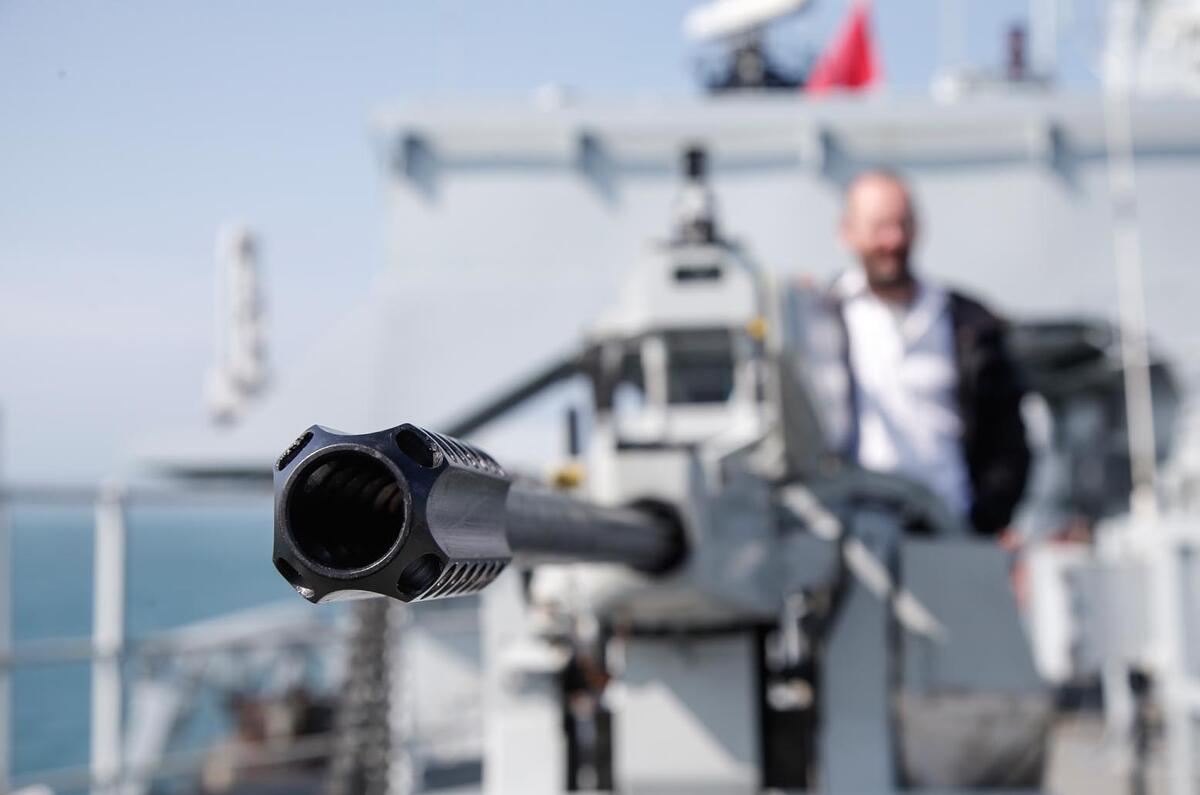
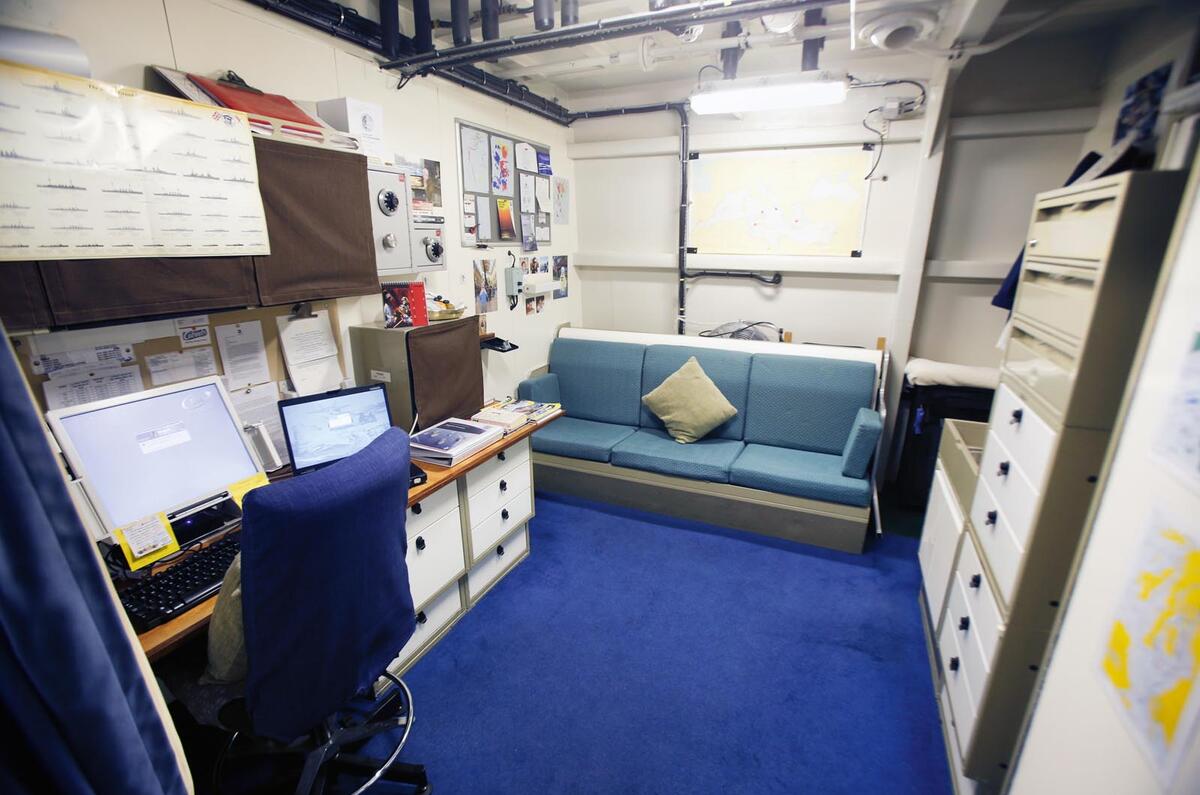

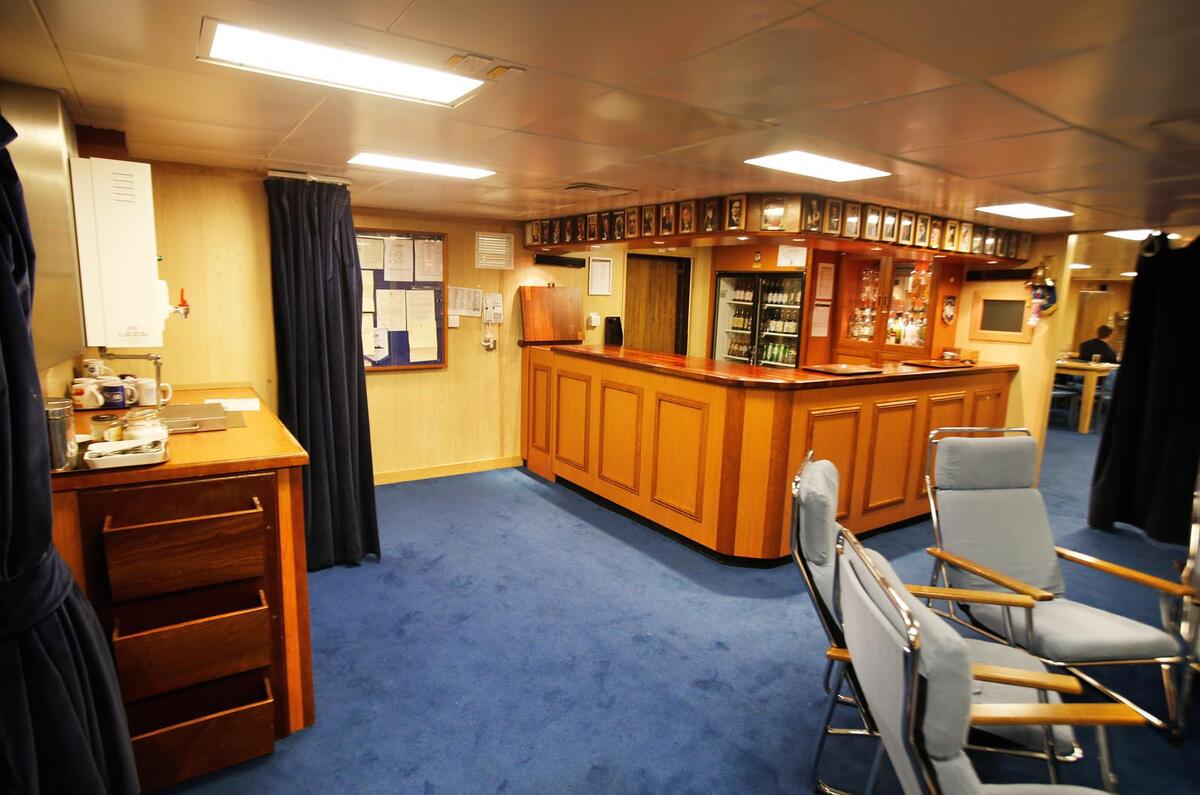

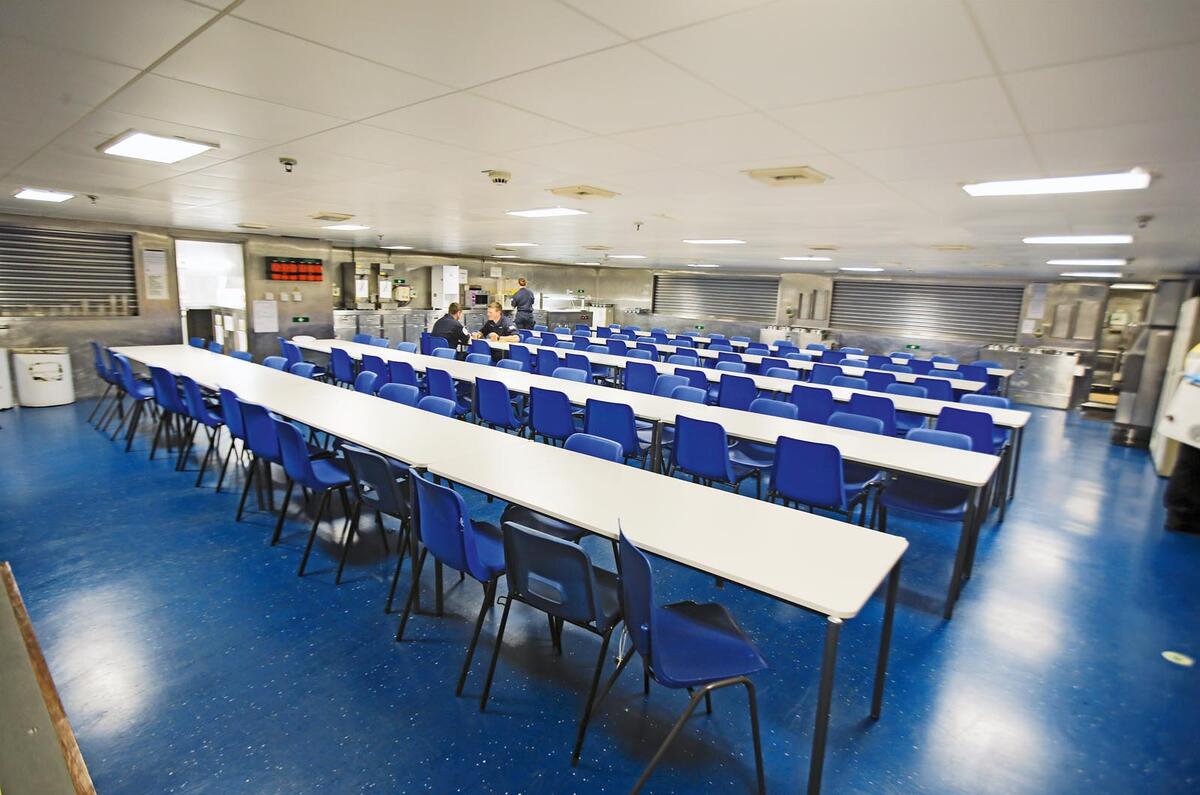
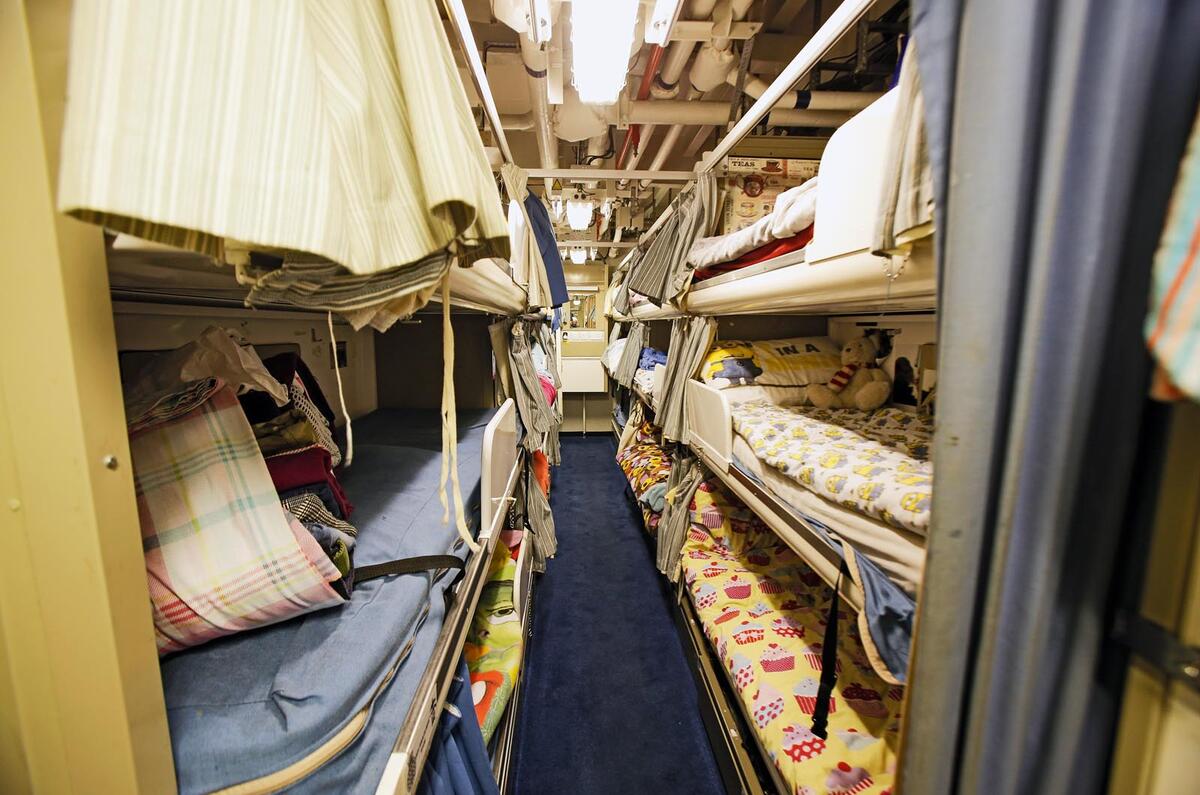
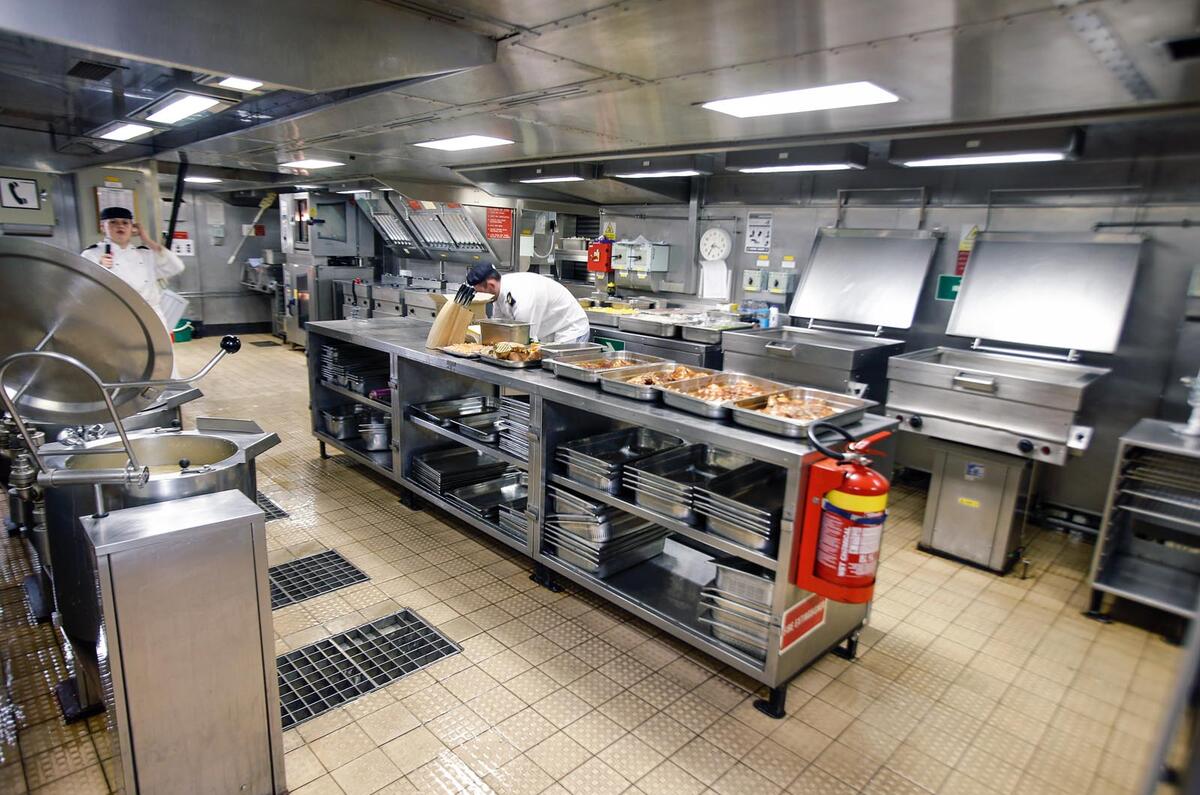

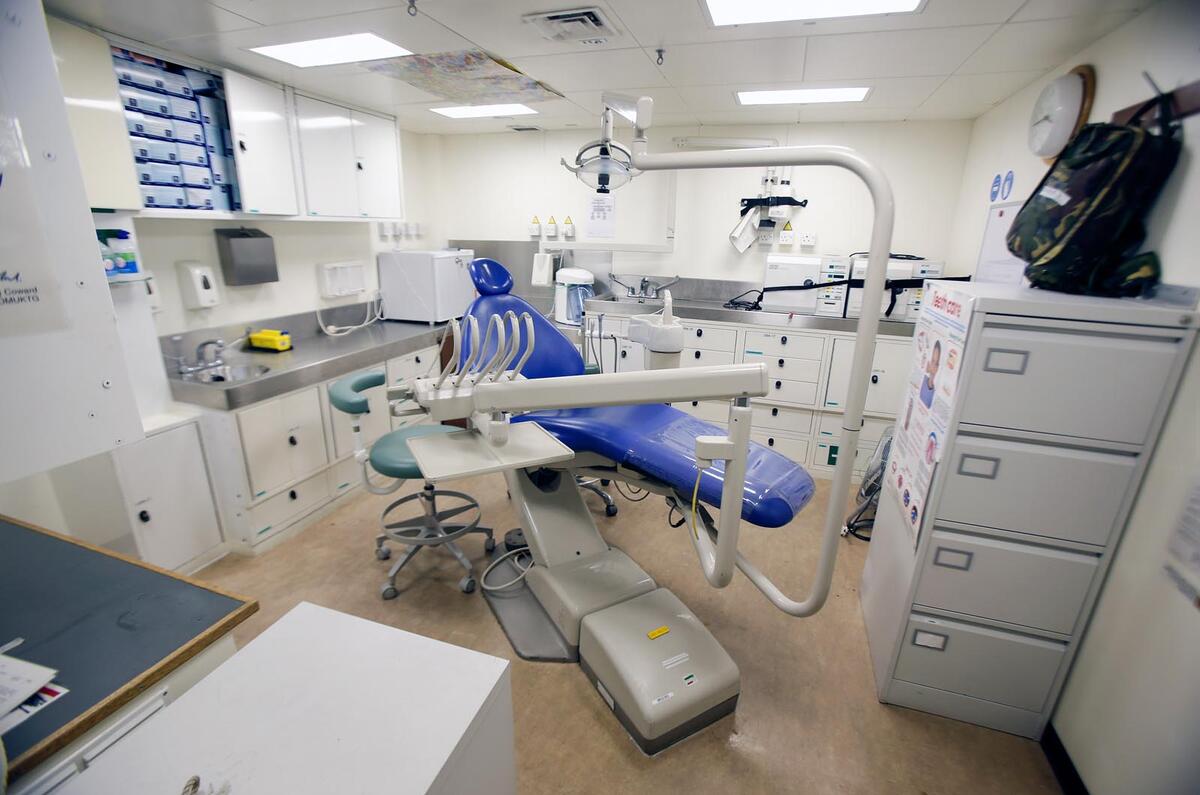
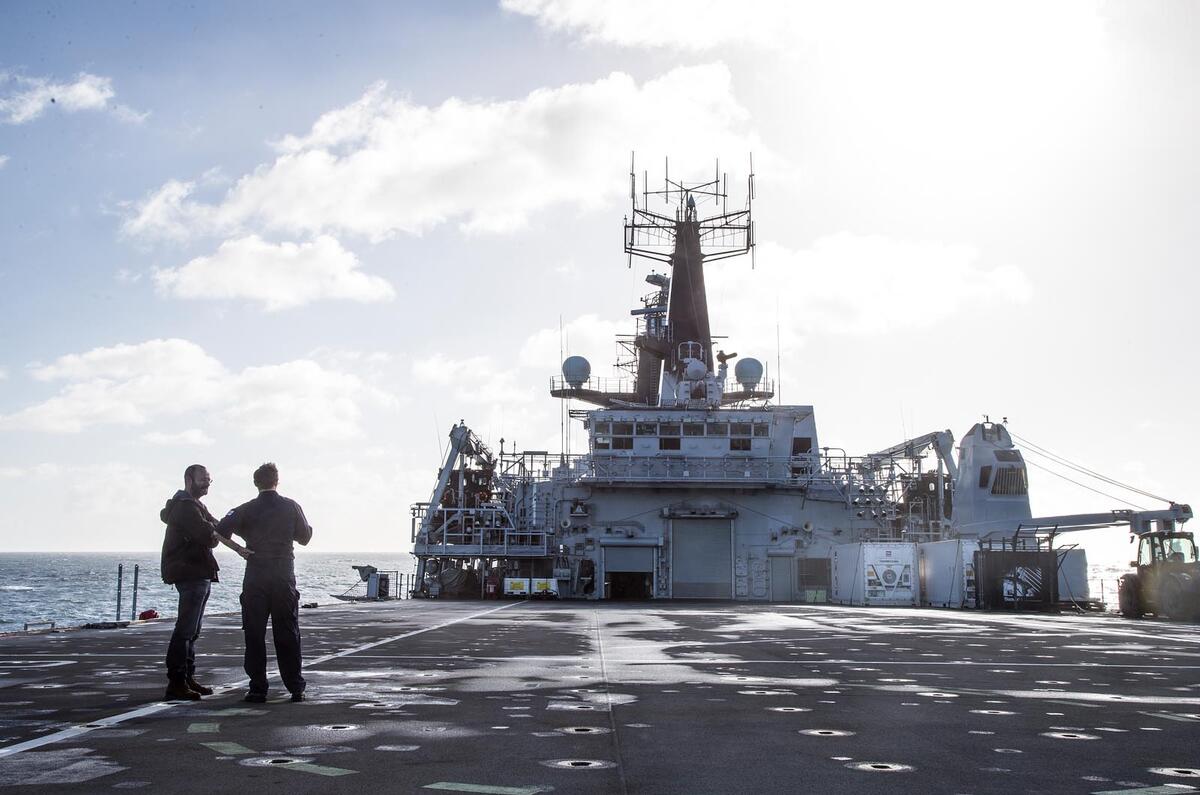

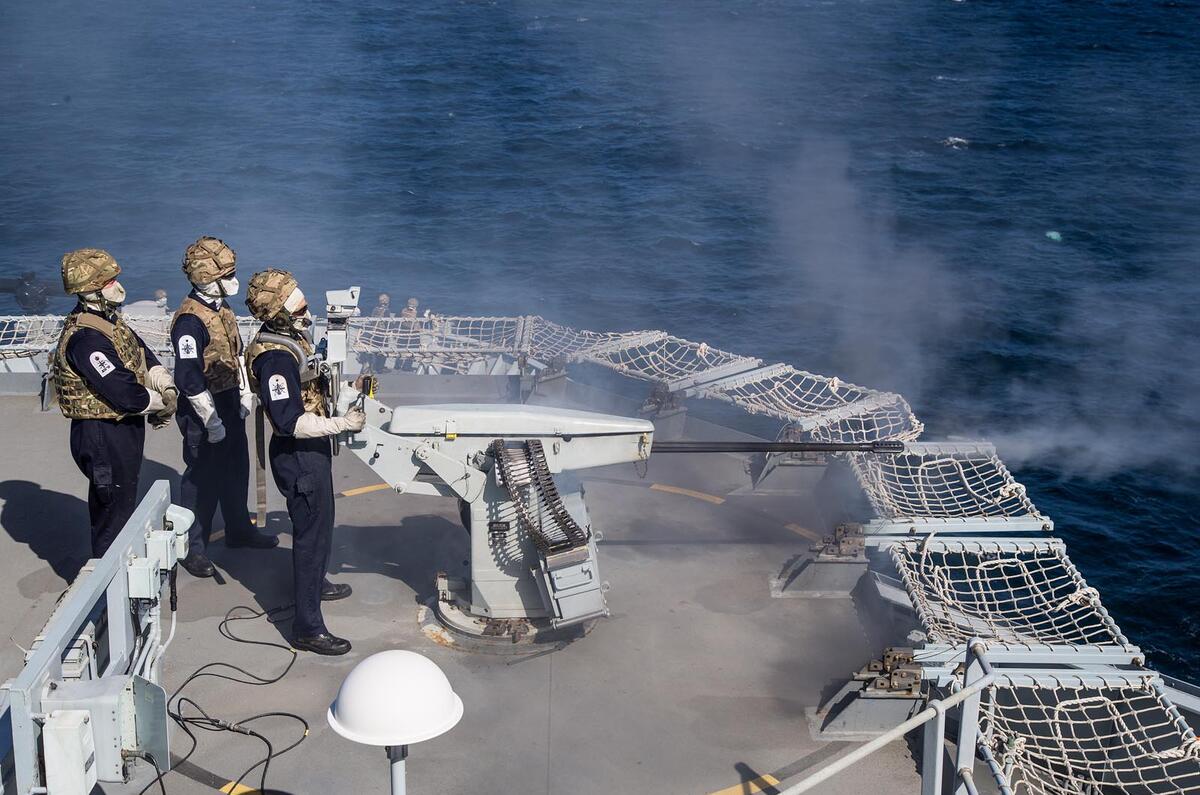
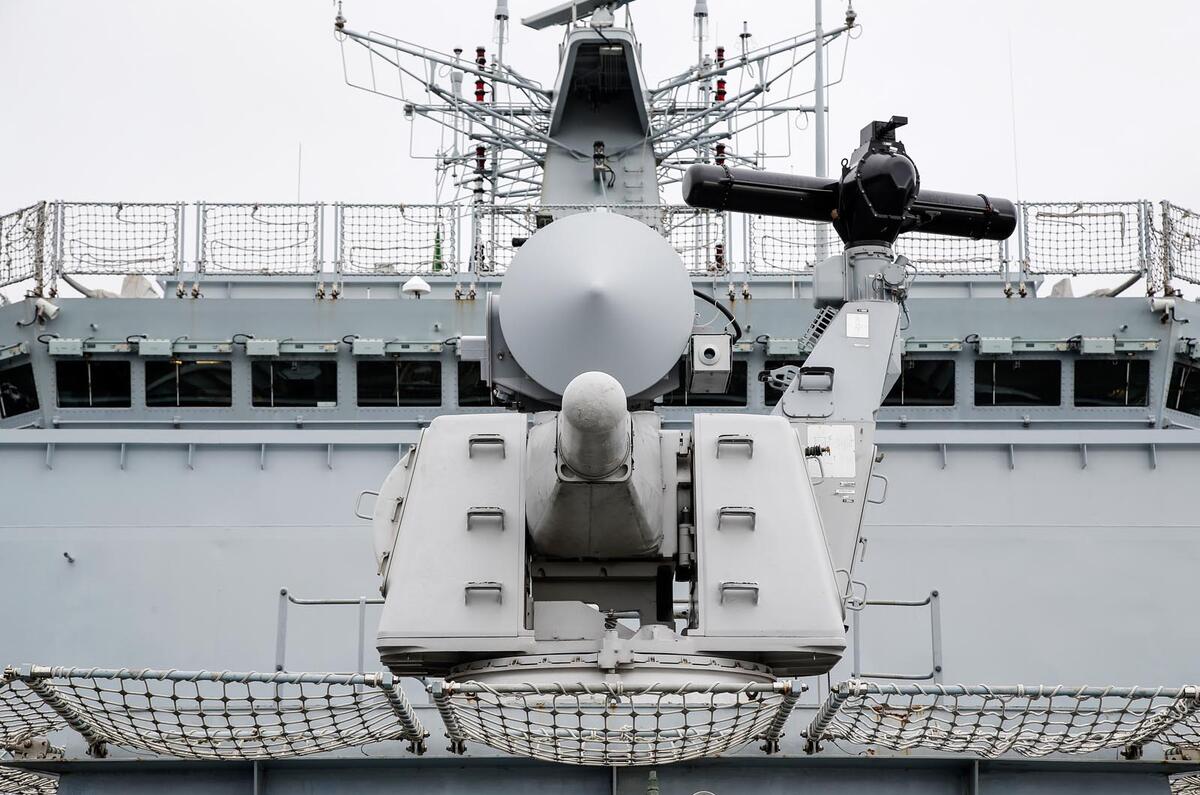

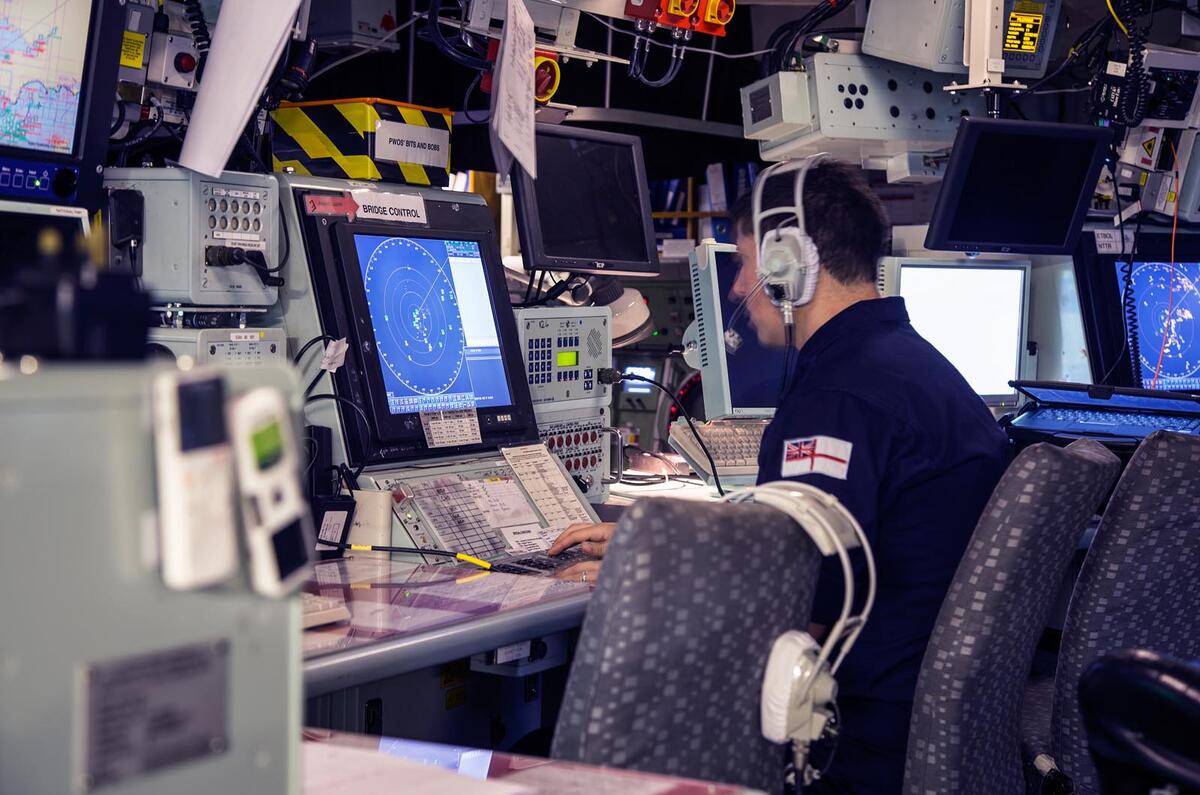

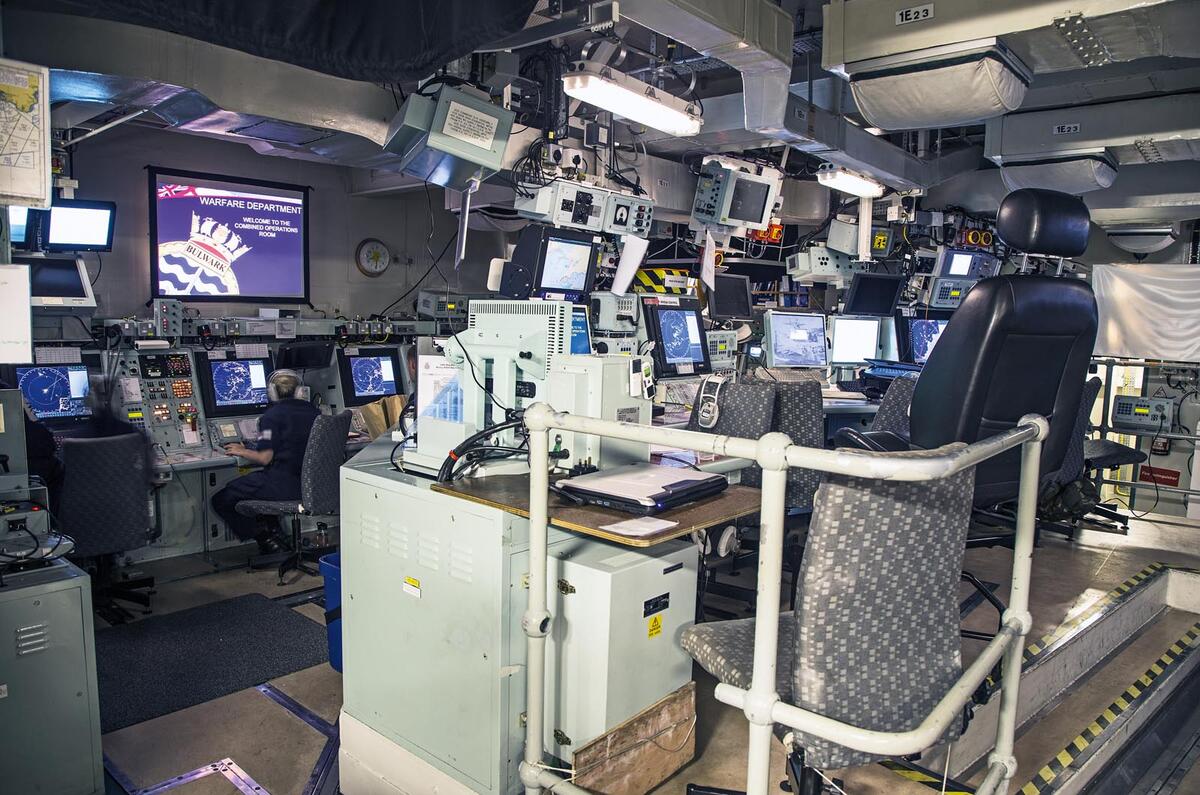

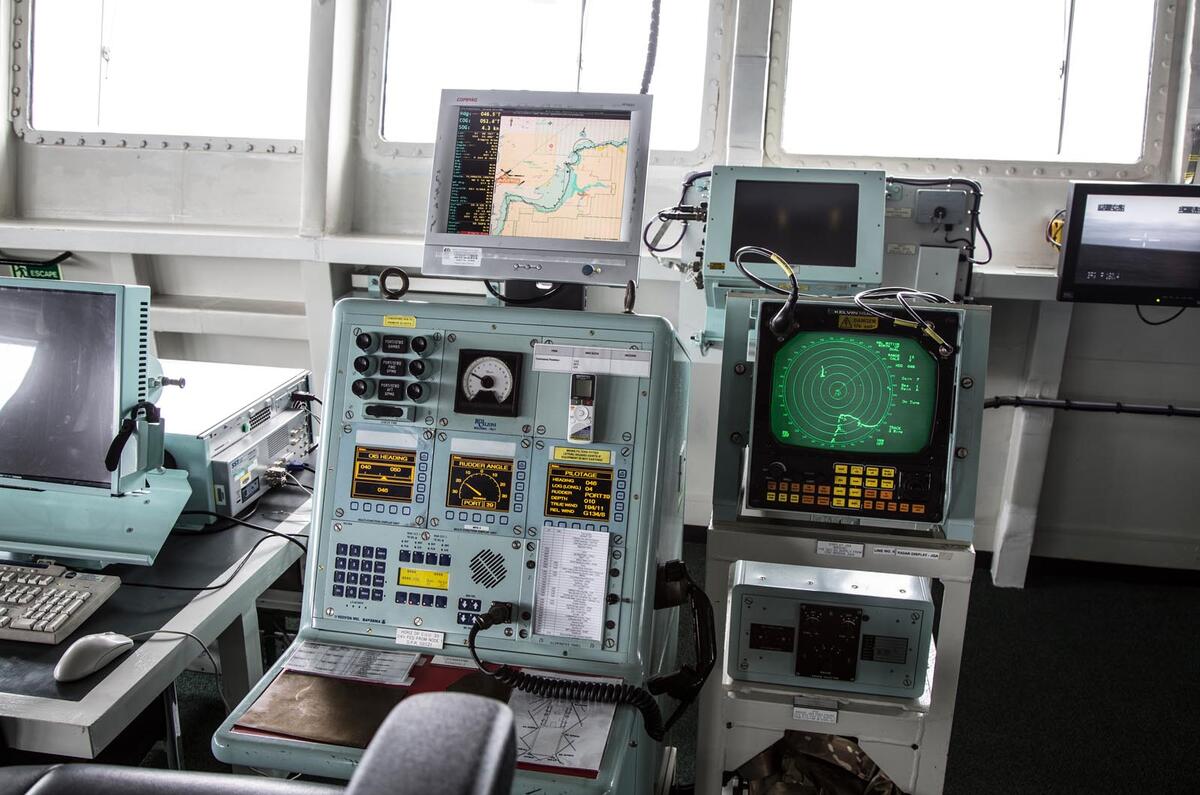
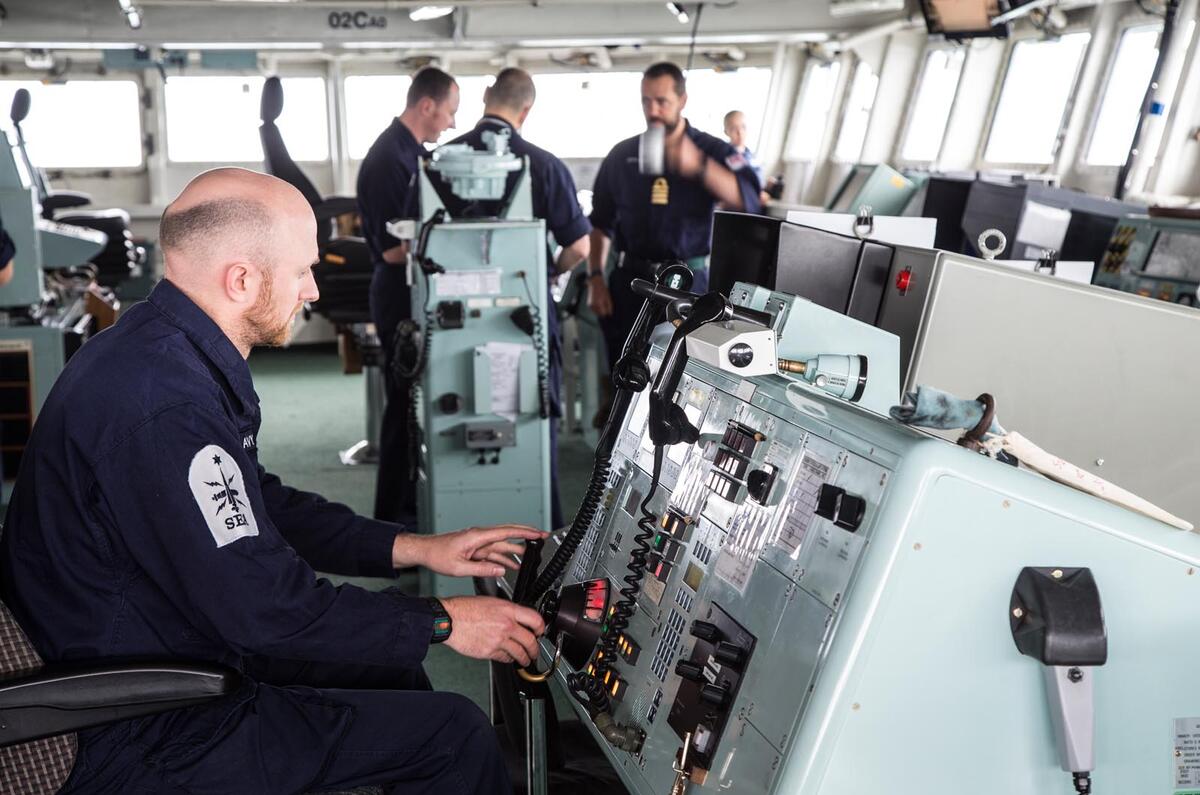
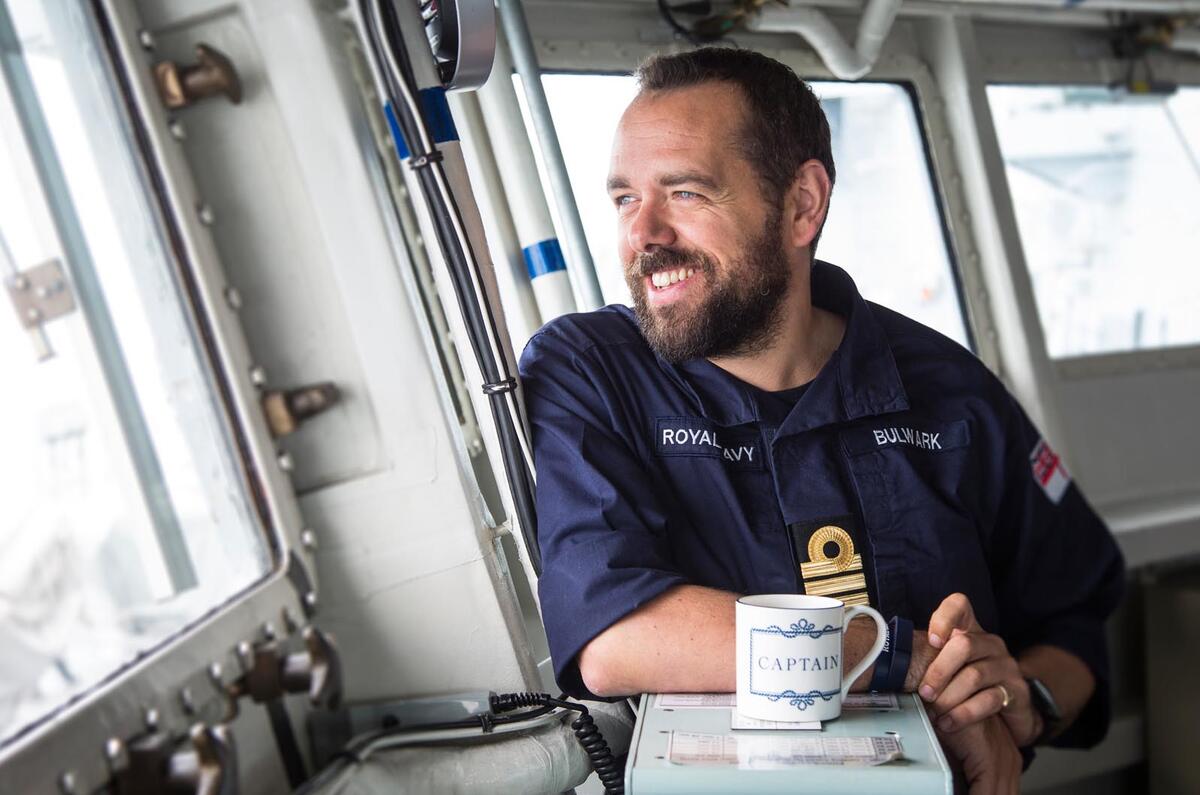
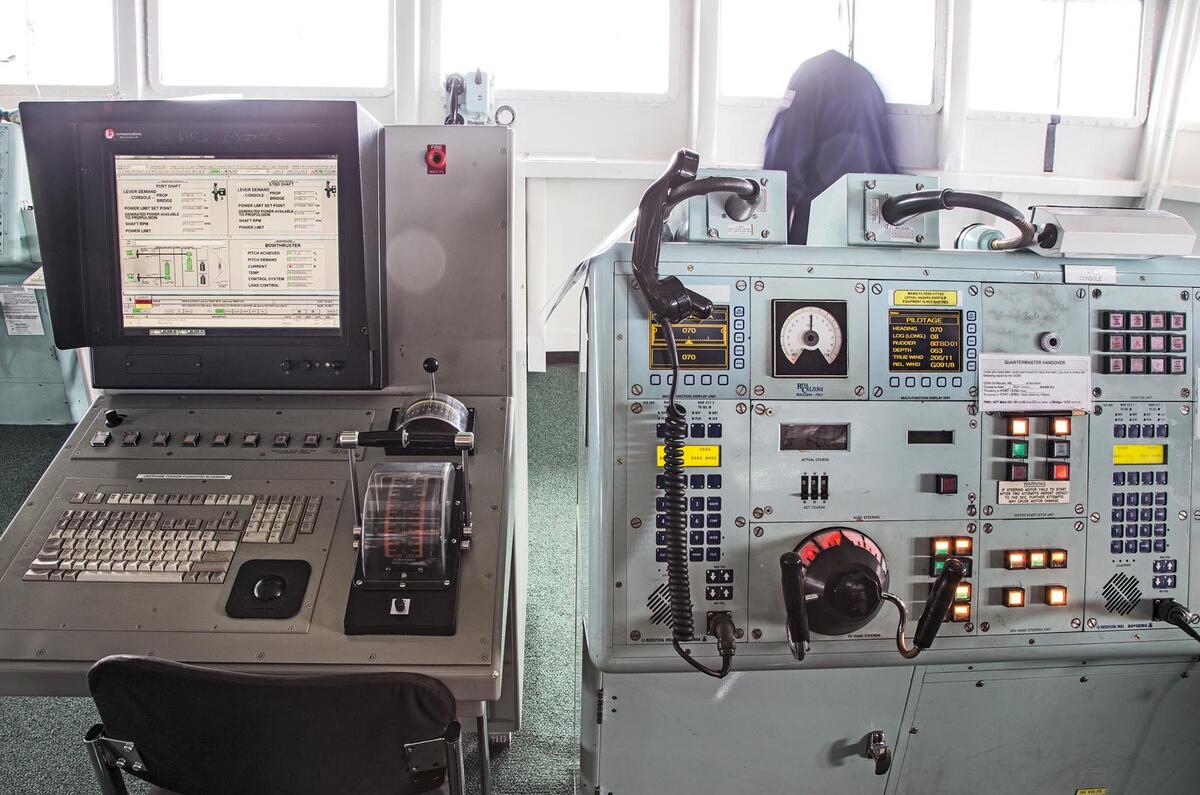

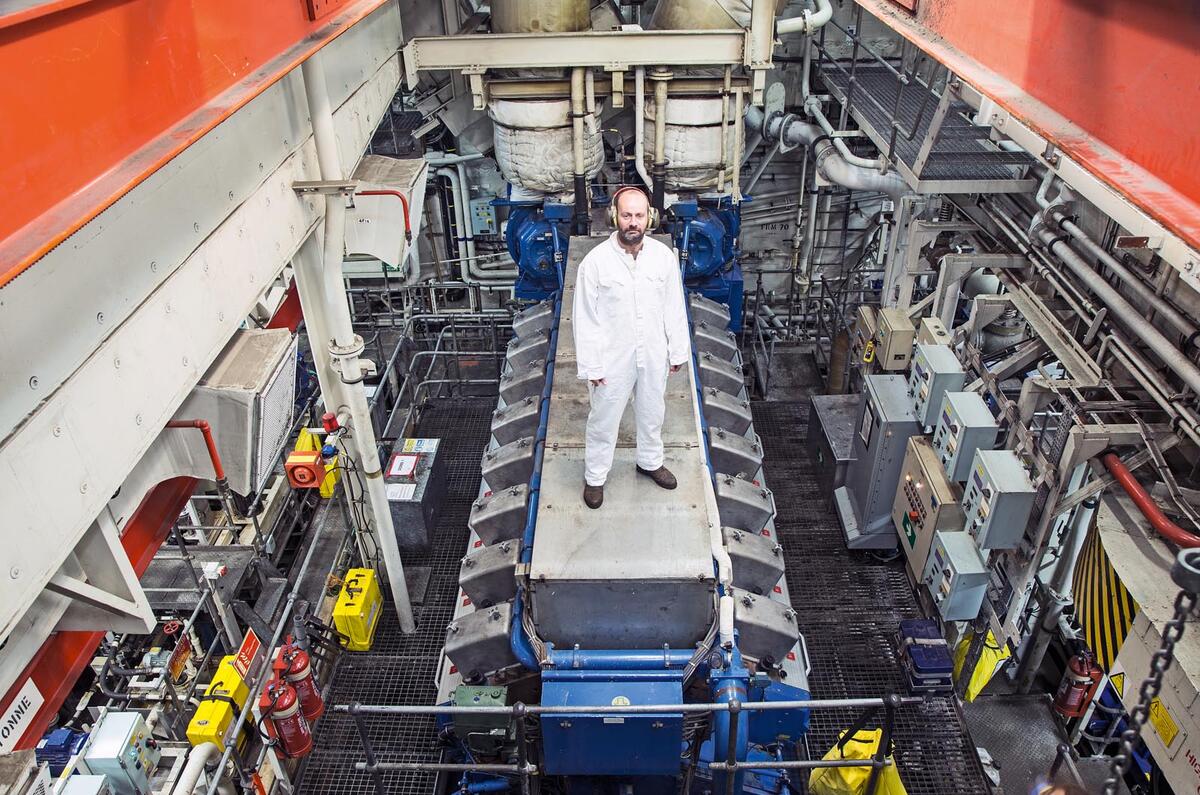

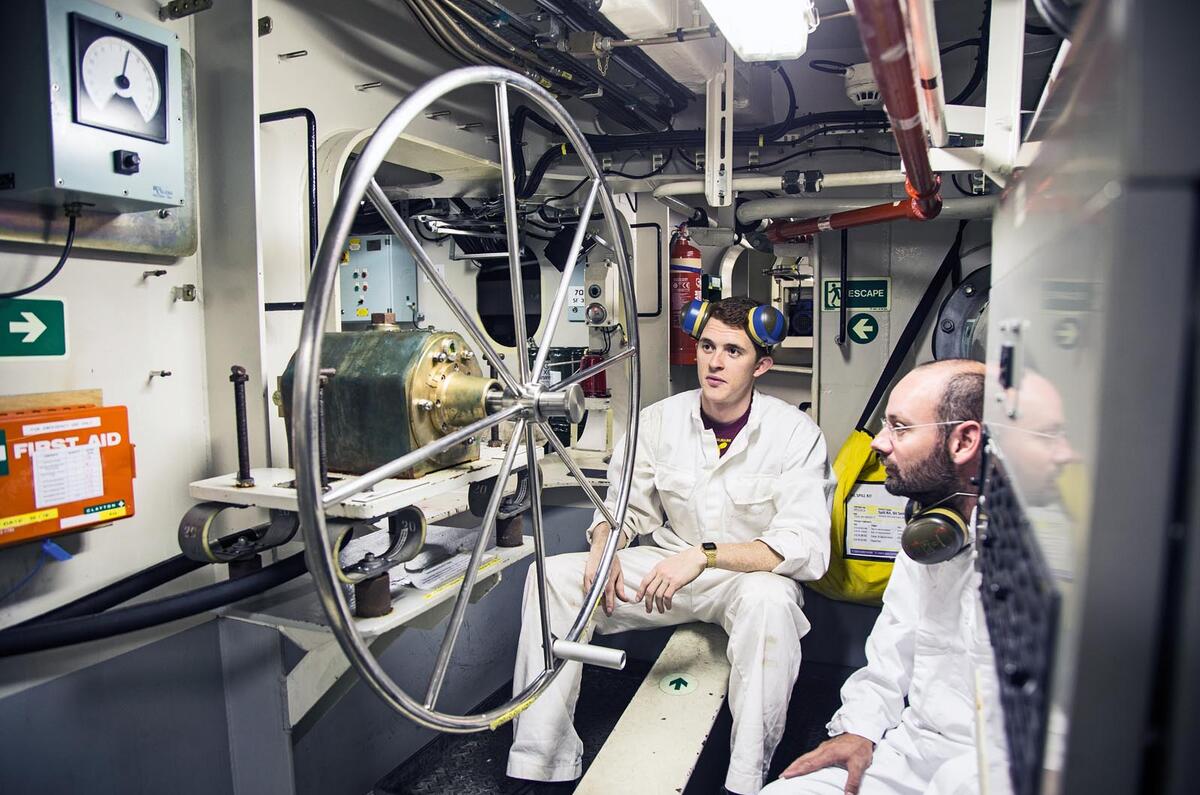
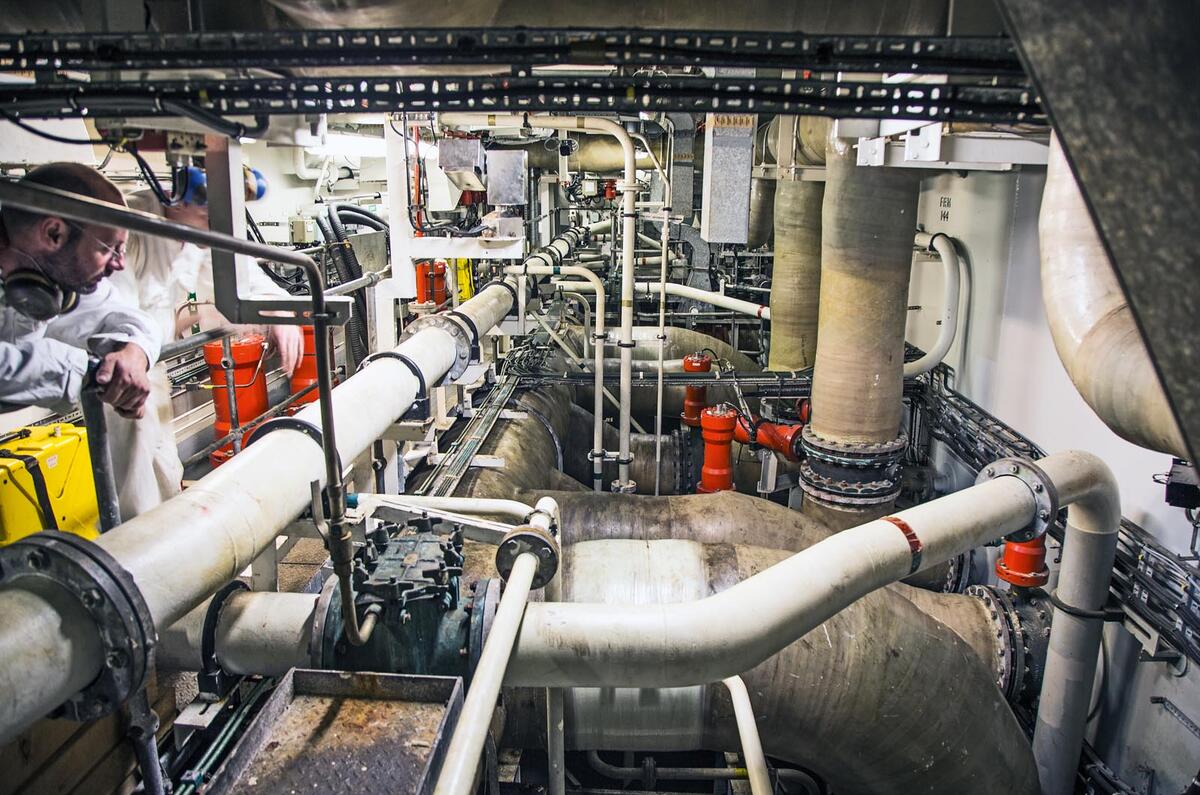
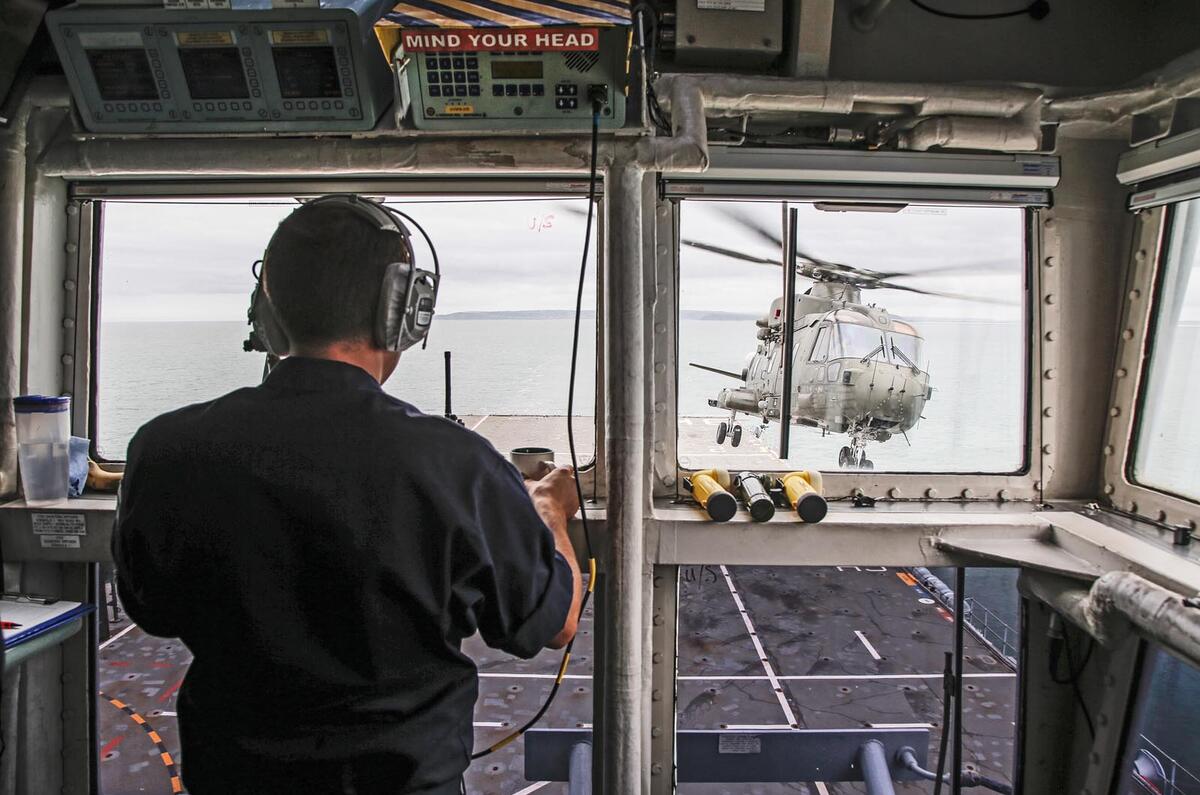
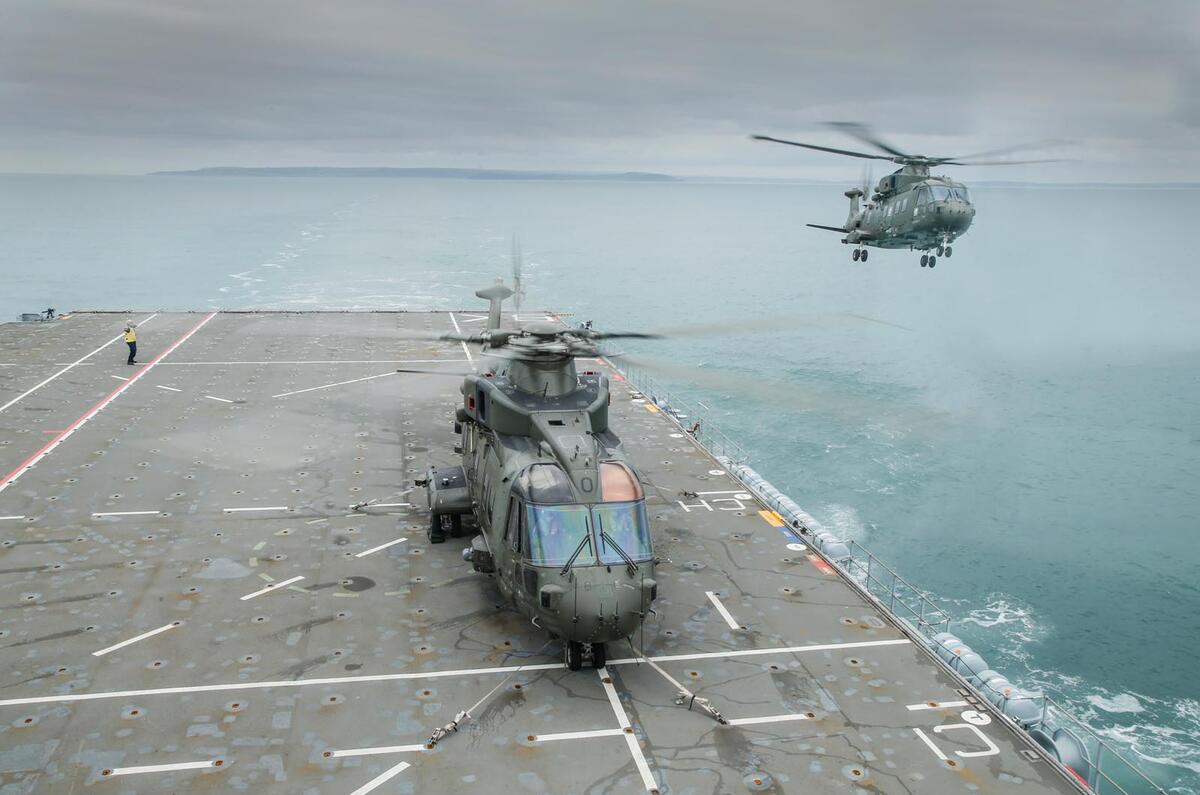
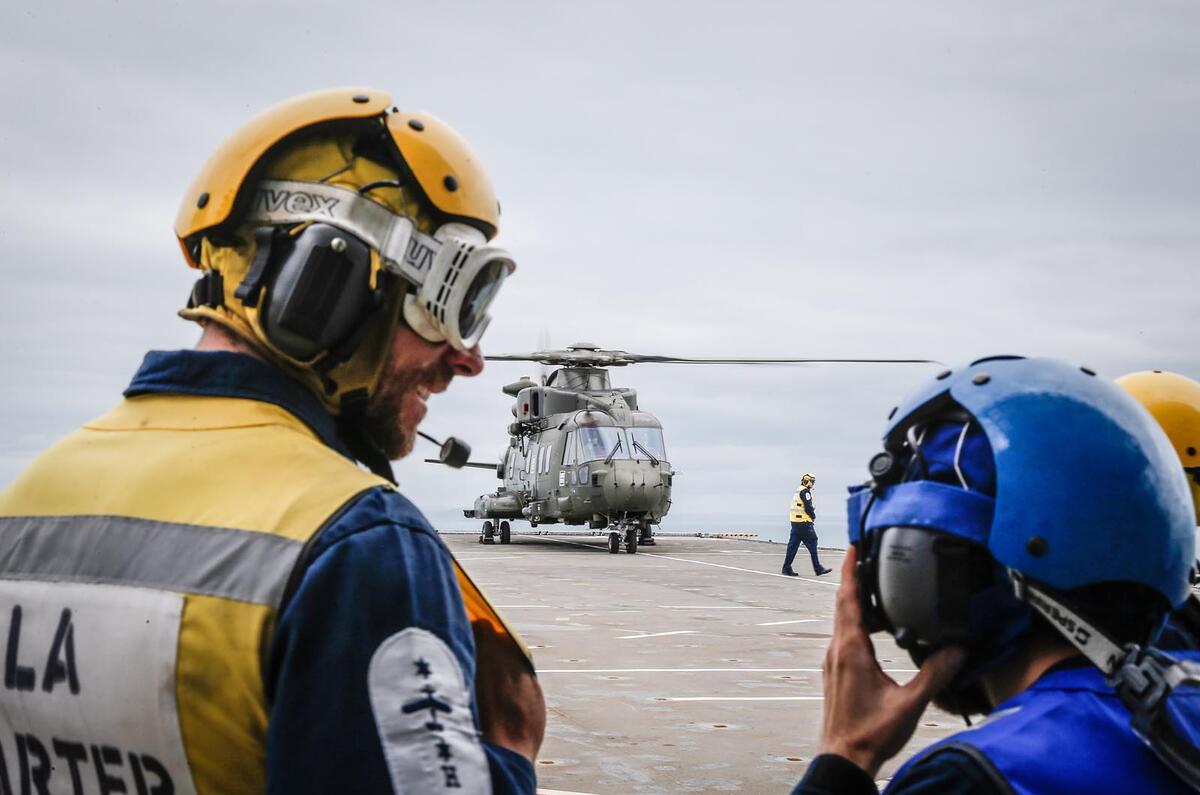
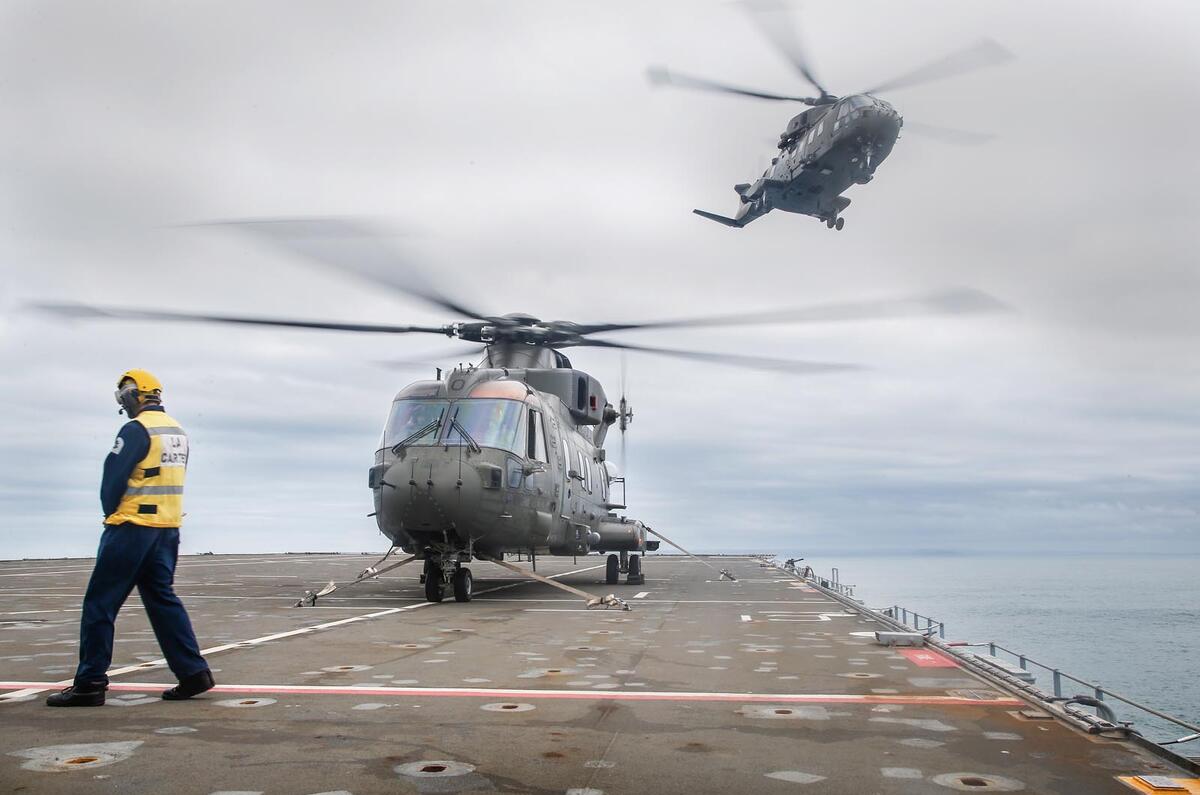

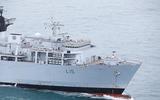
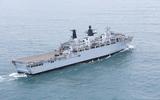
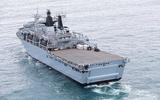
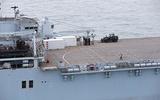
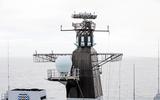
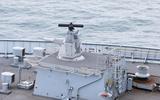
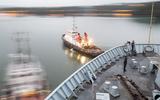
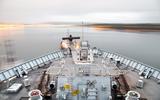
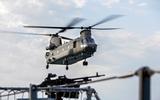
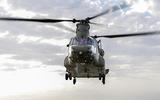
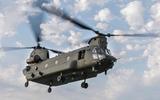
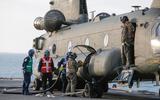
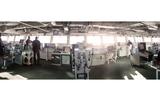
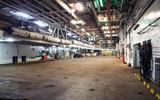
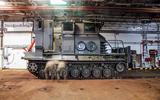
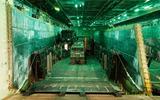
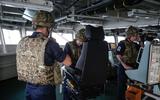

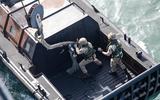
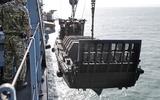
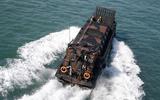
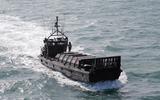
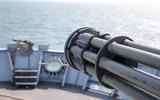

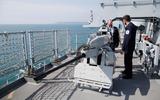

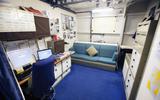
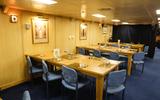

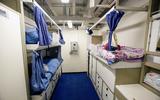

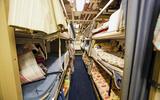
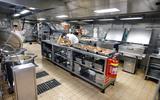


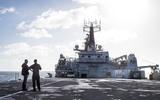
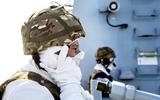
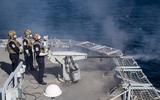
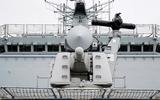
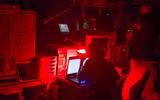
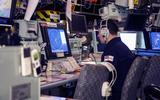

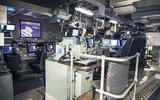
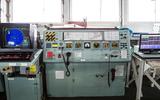
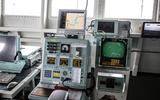
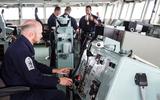

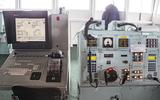
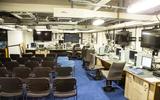


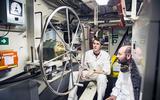
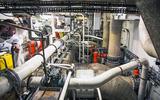

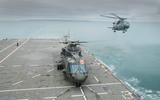
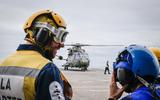
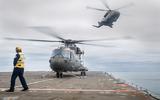


Add your comment